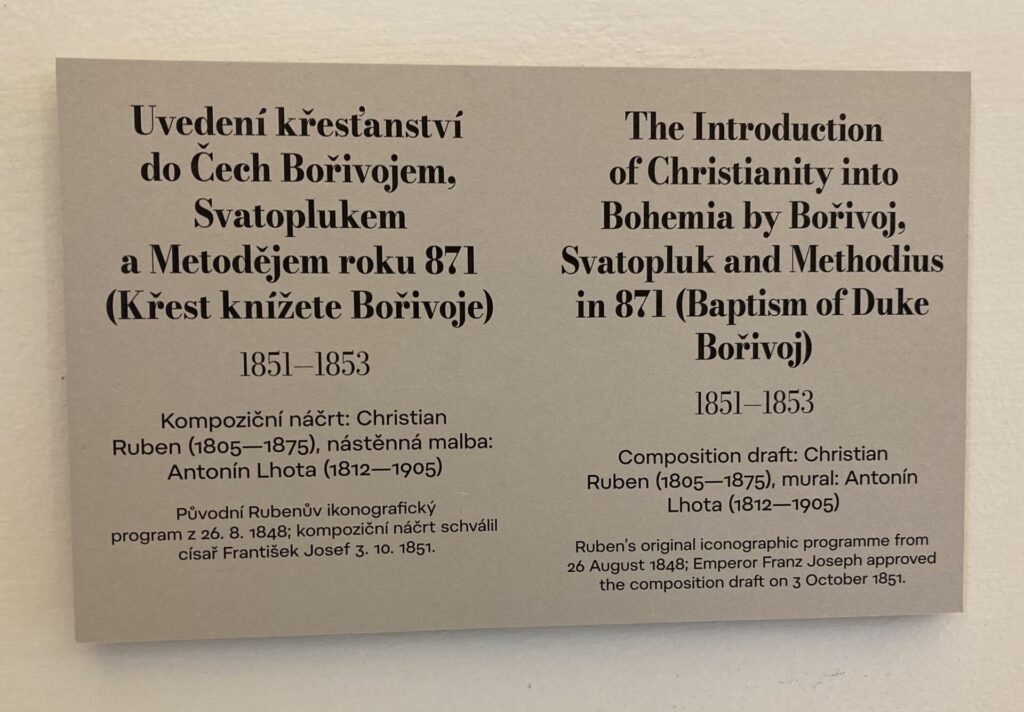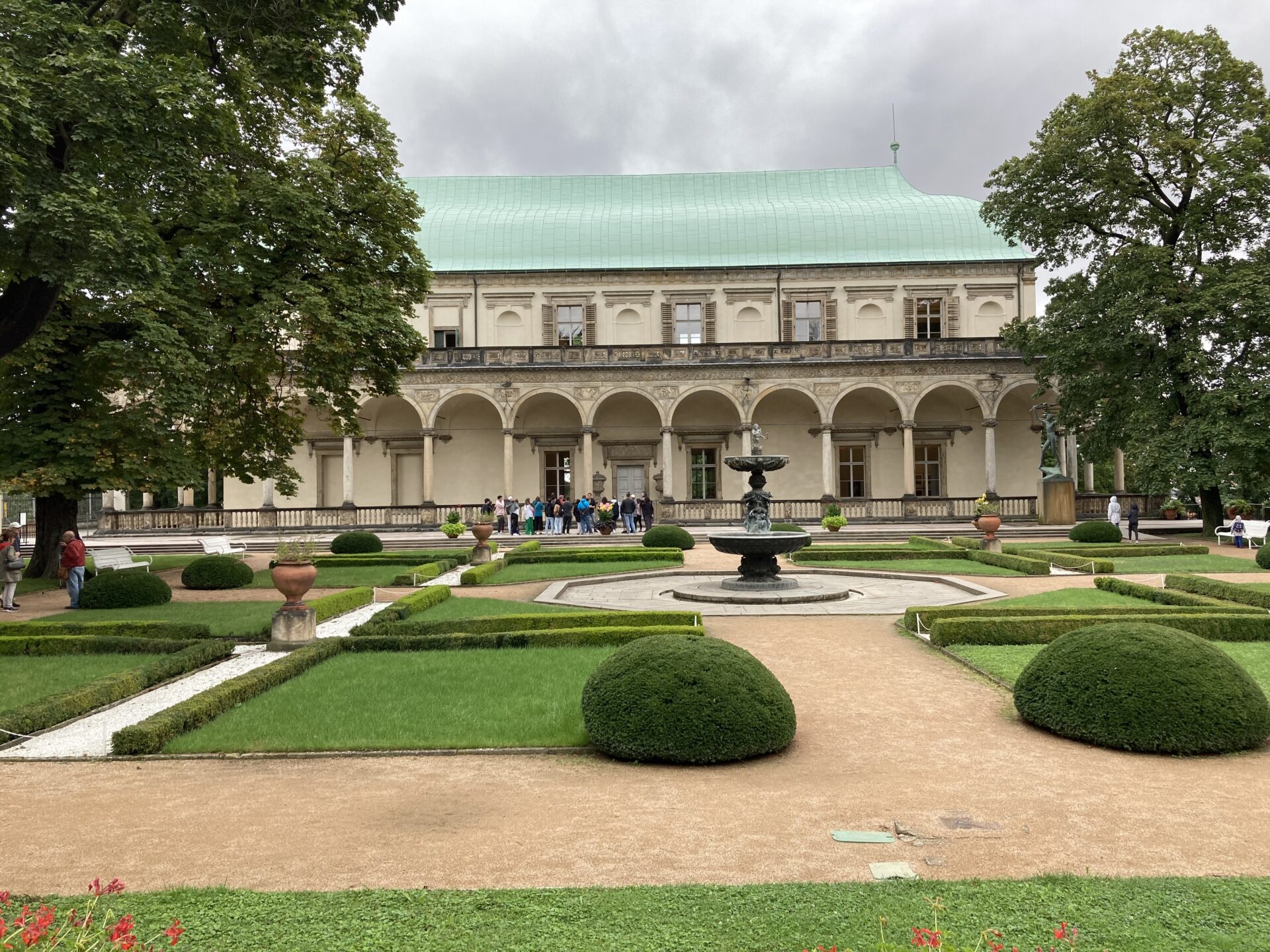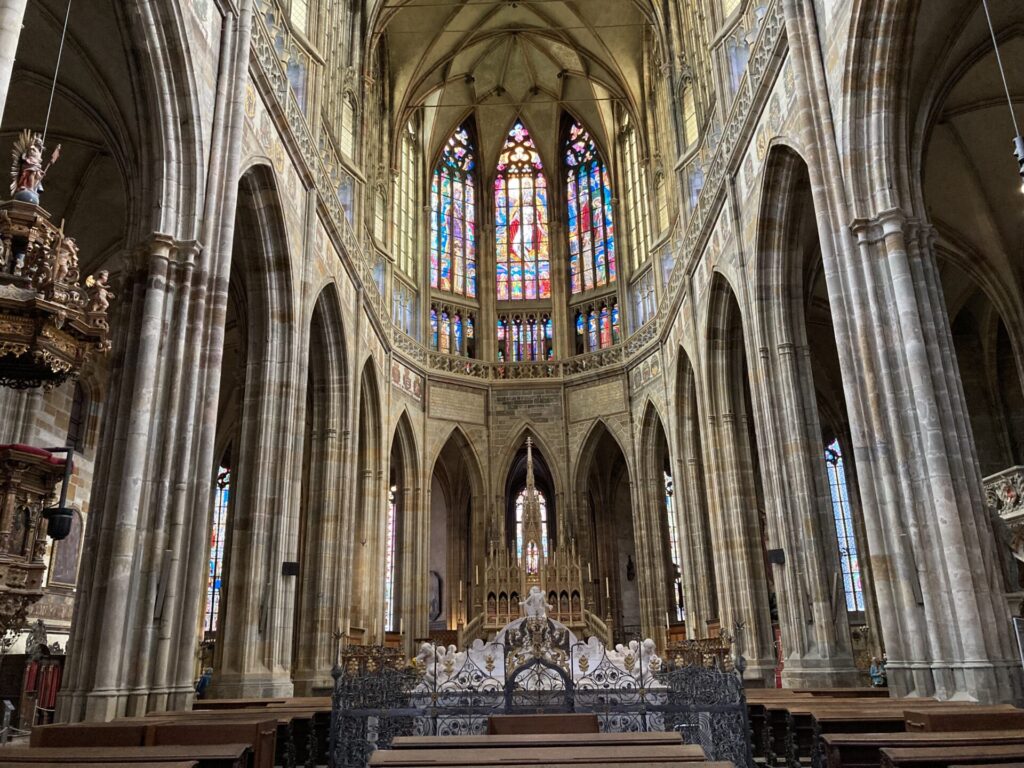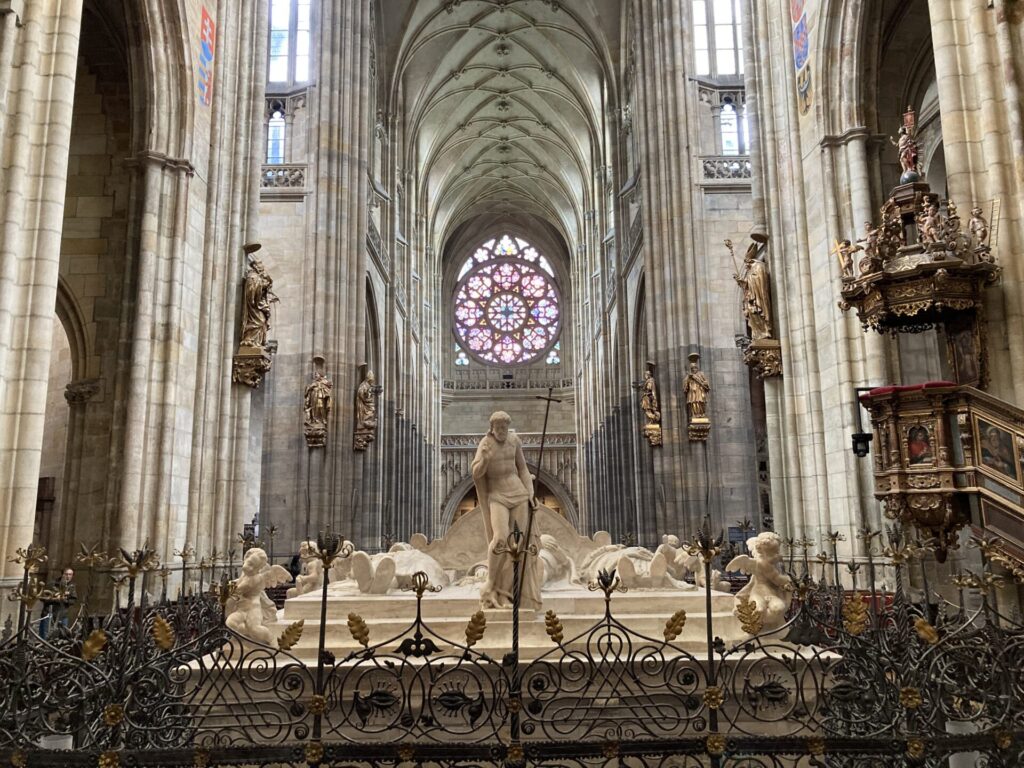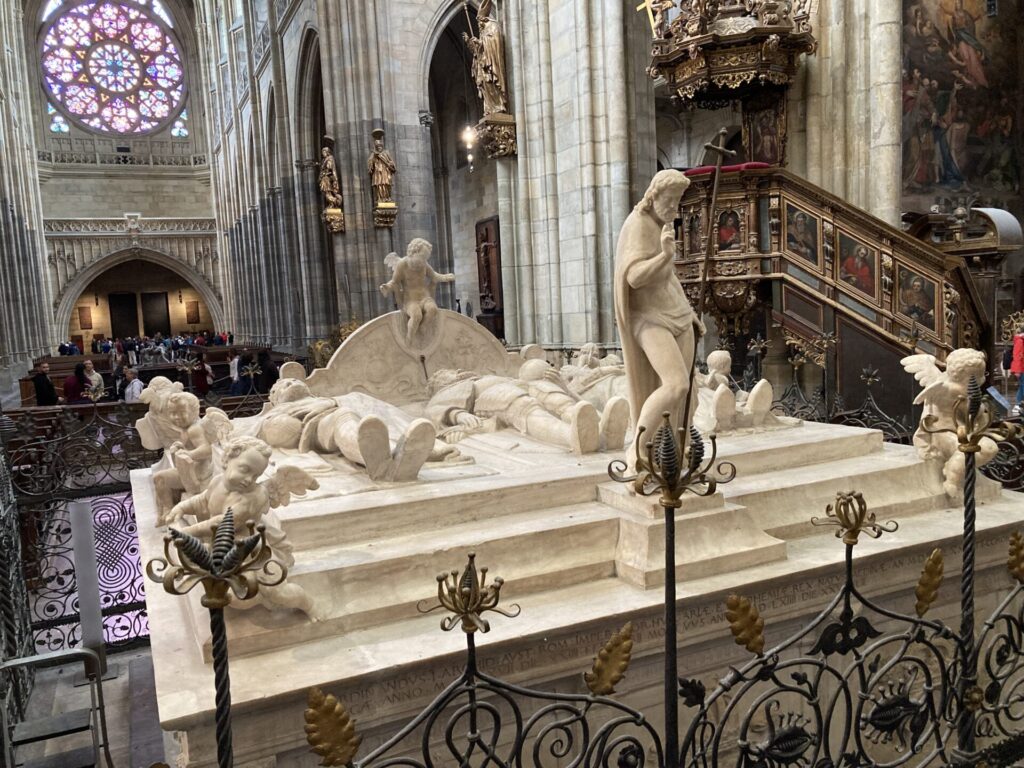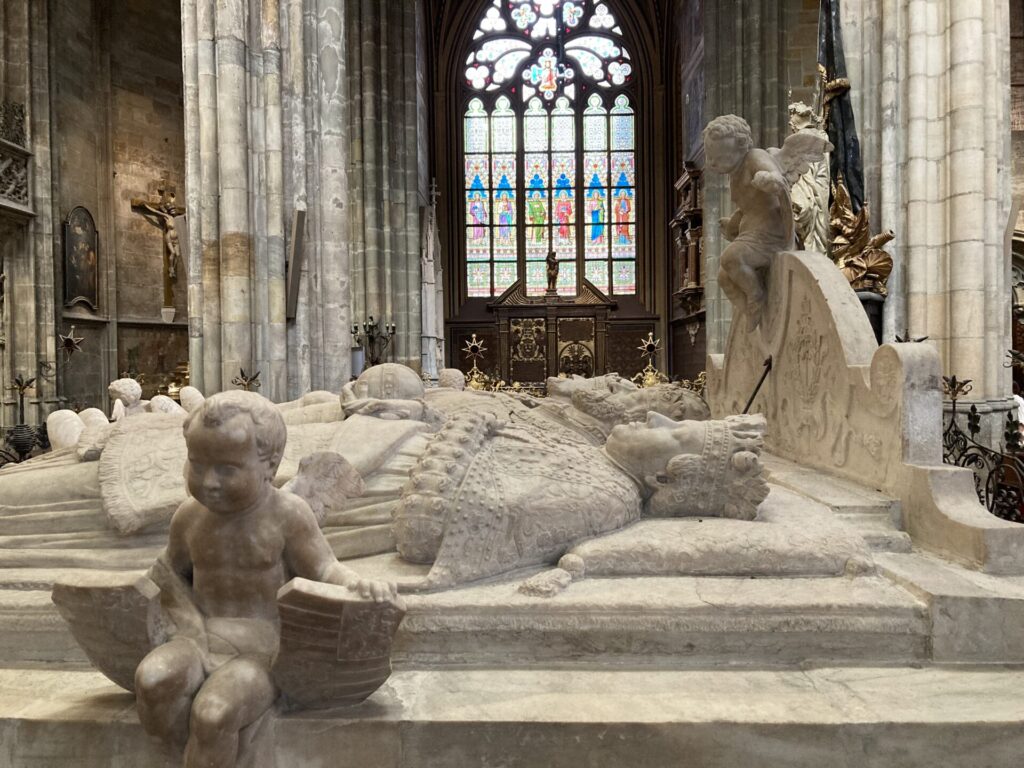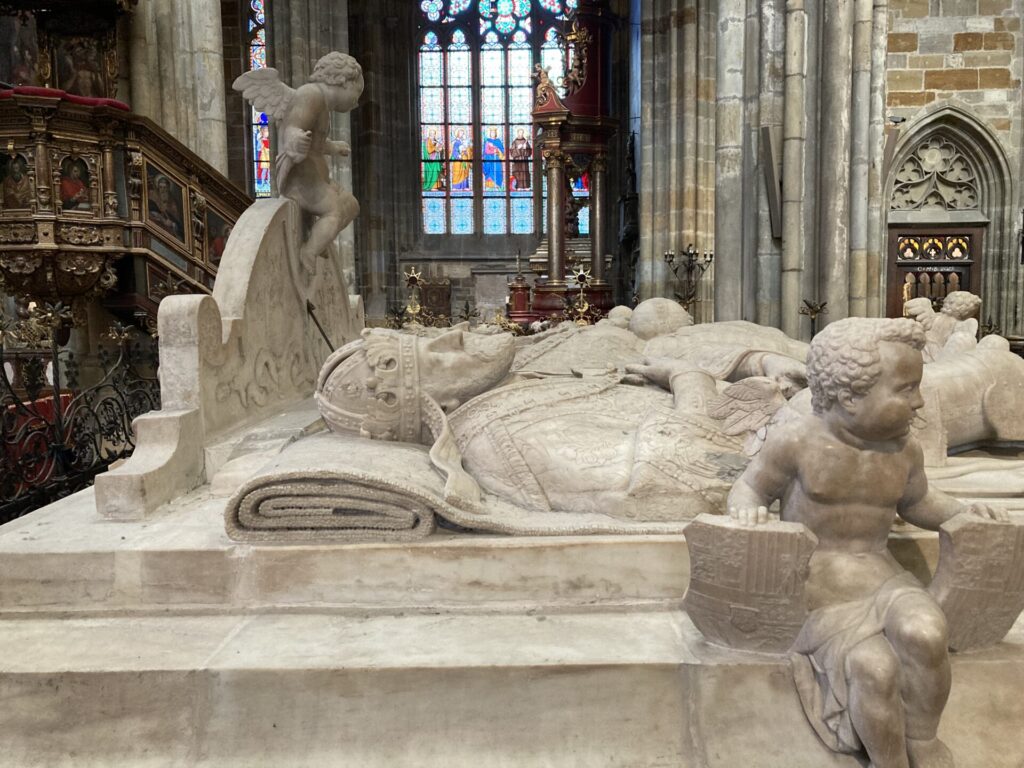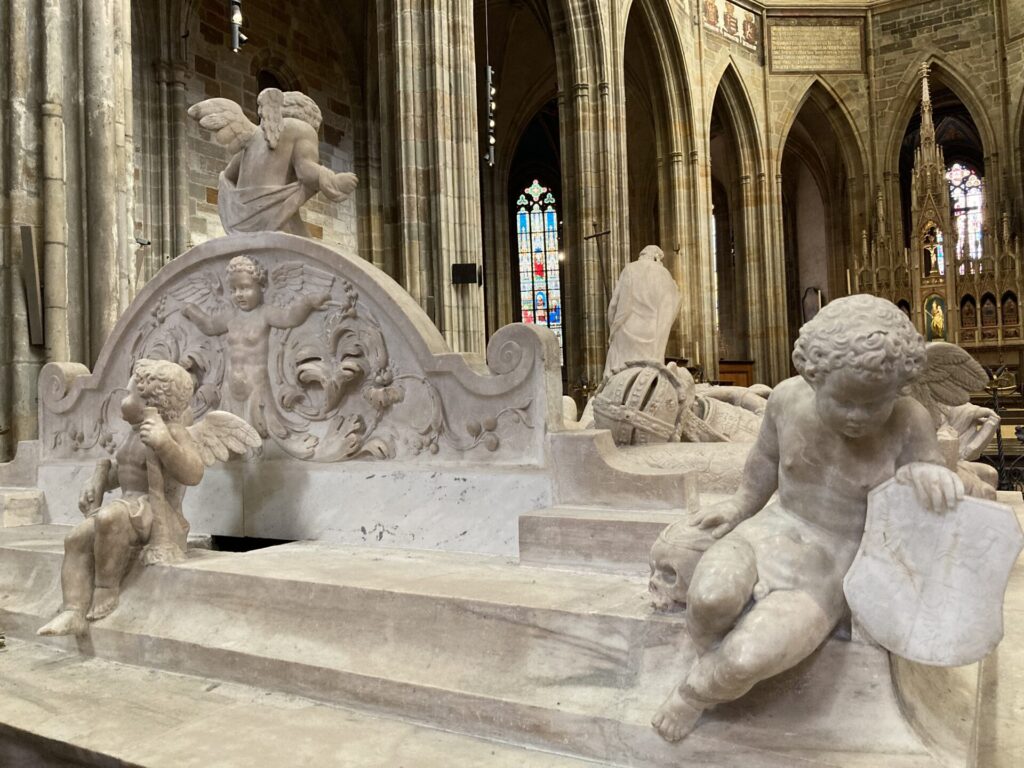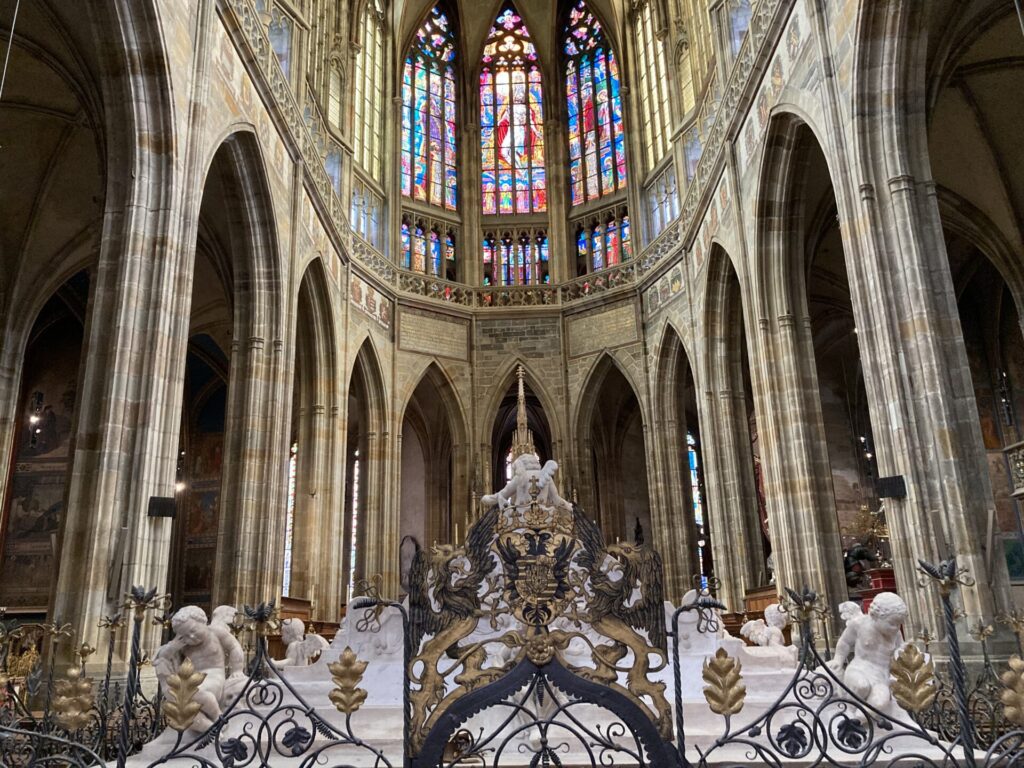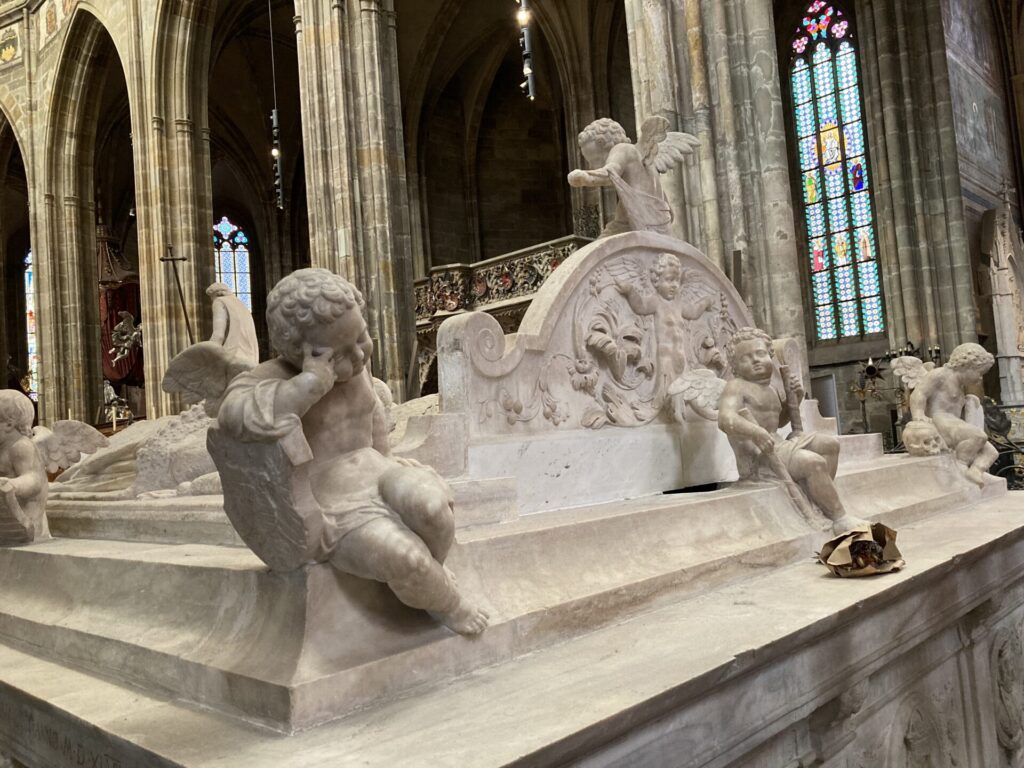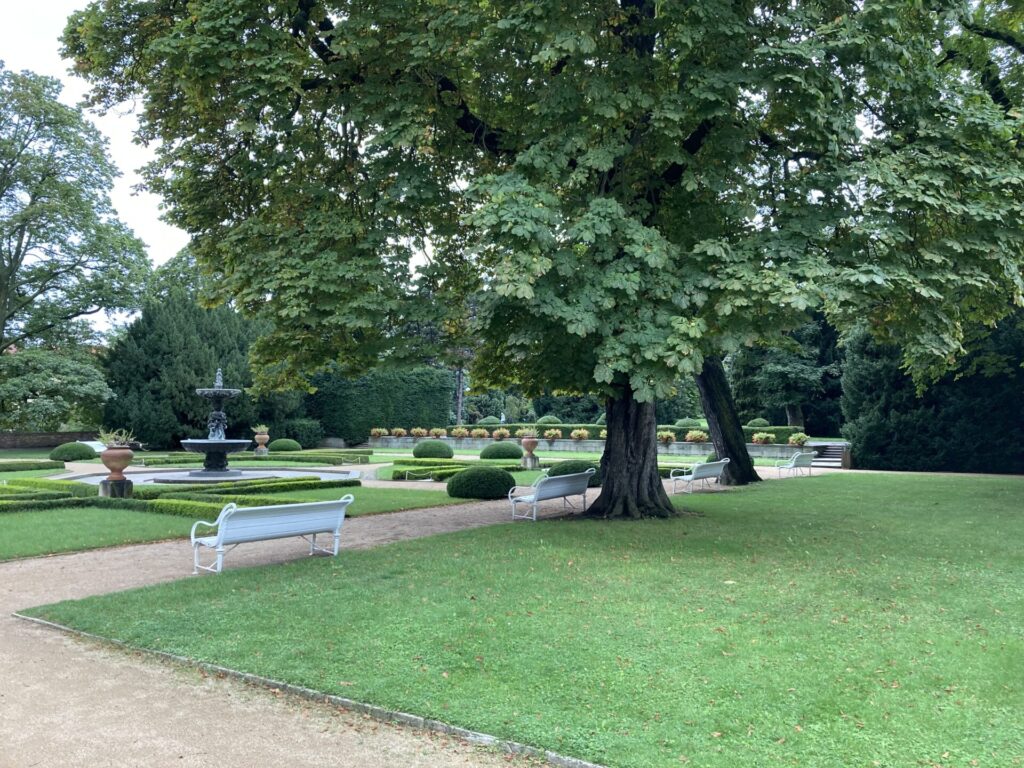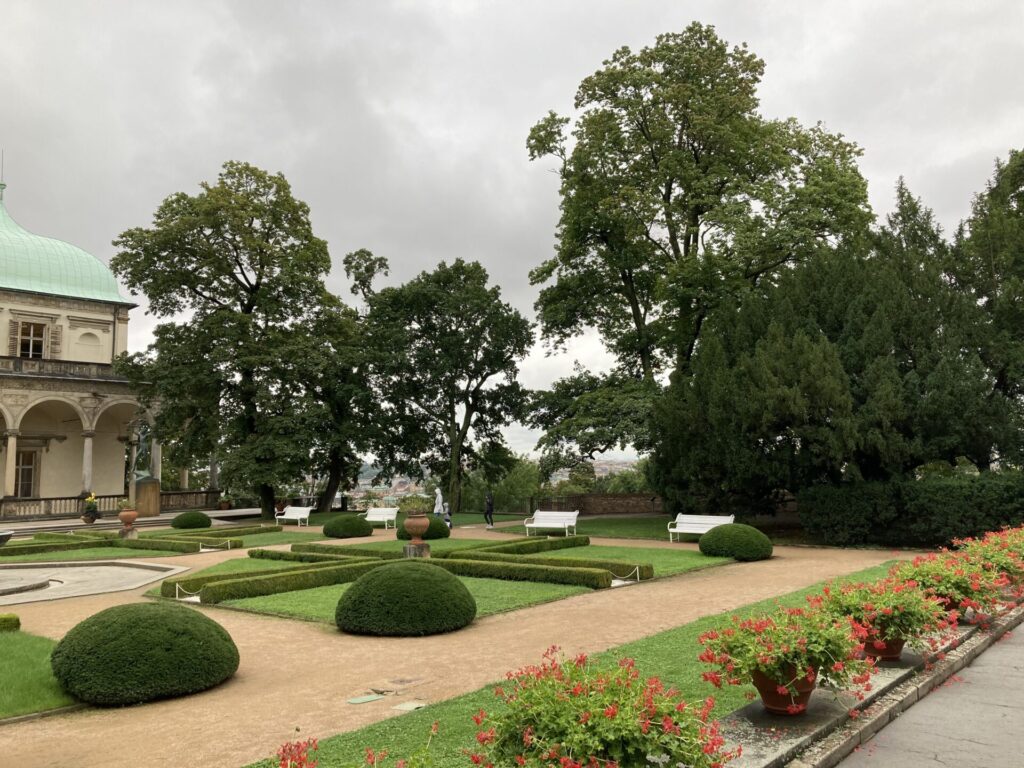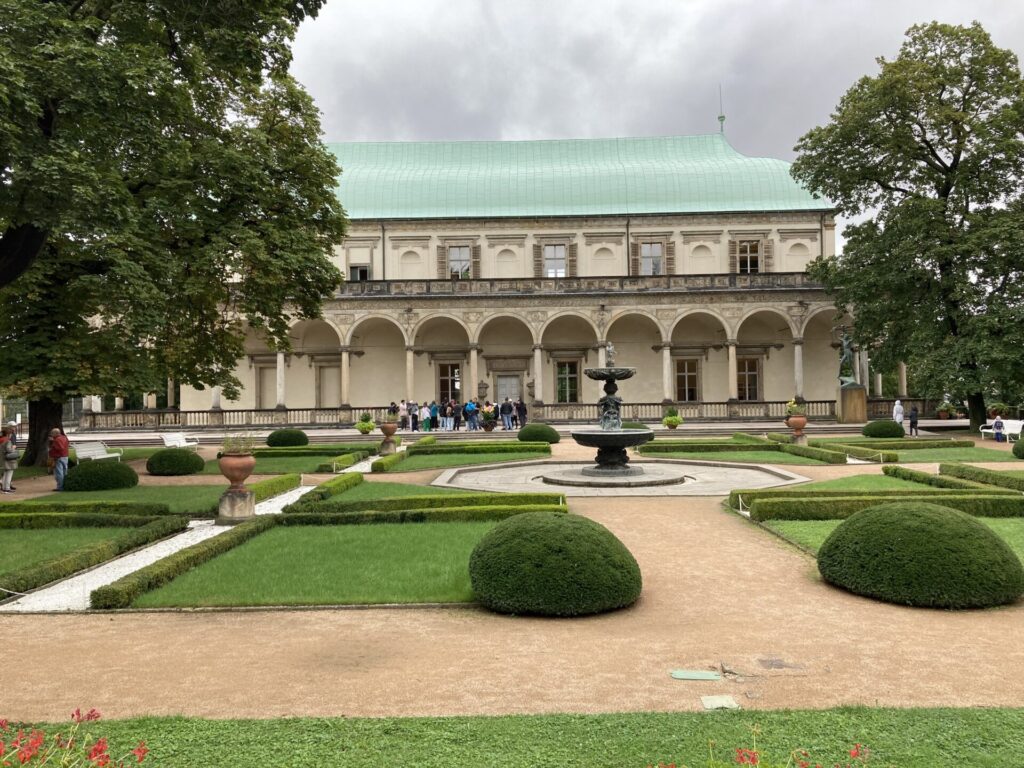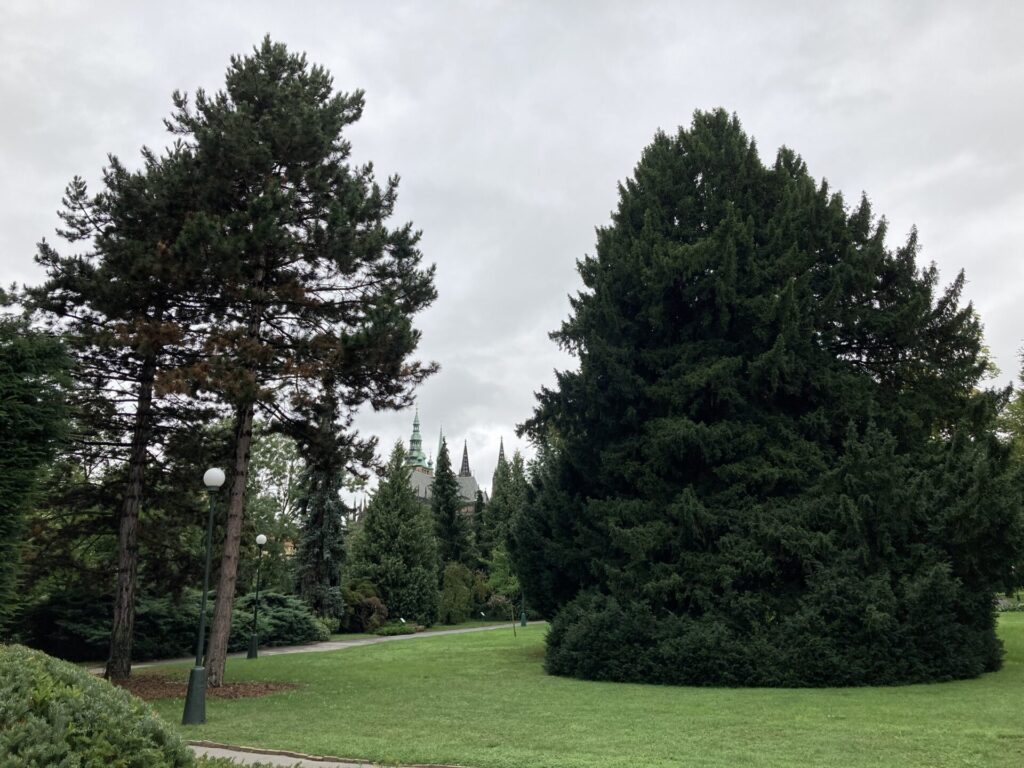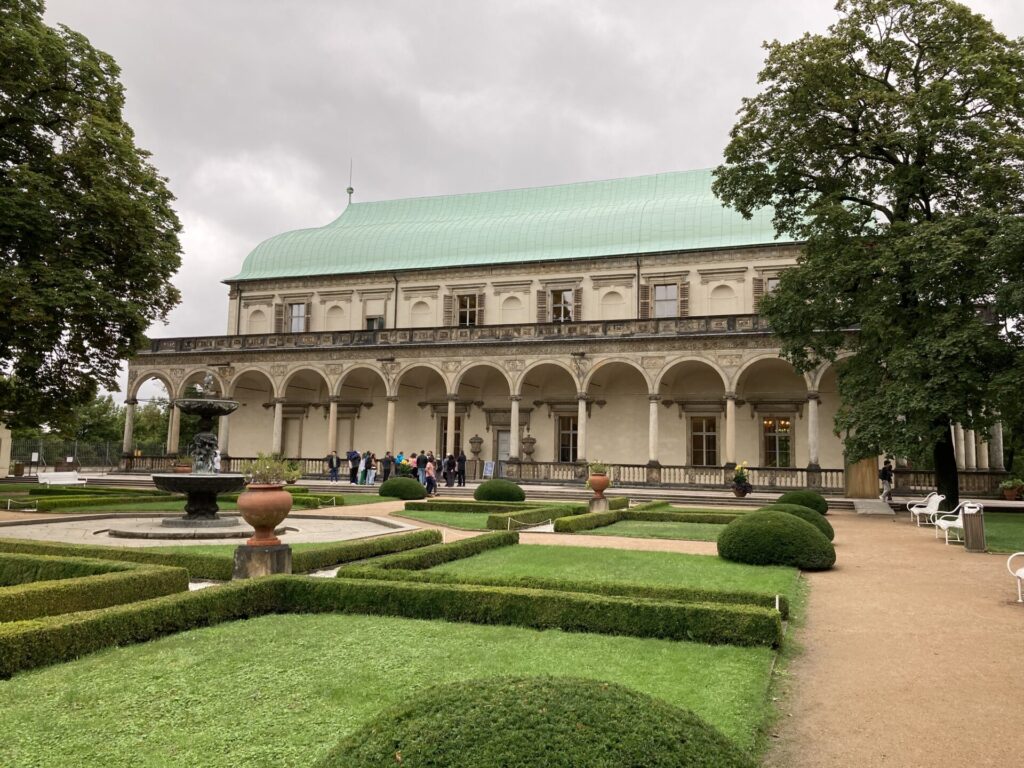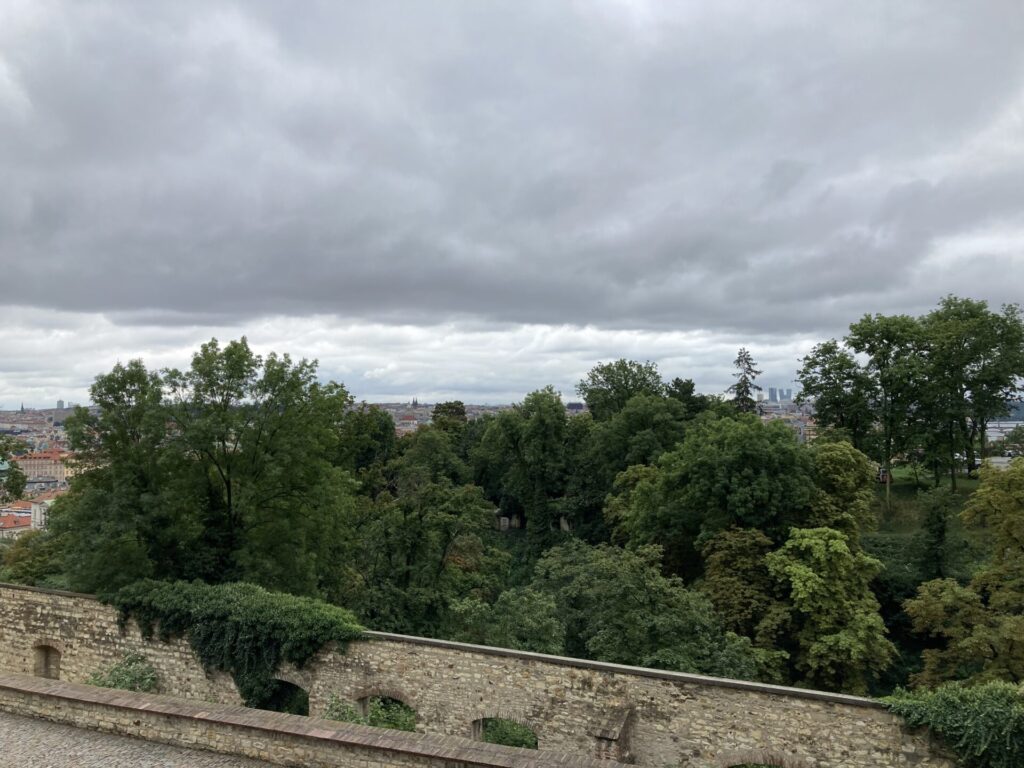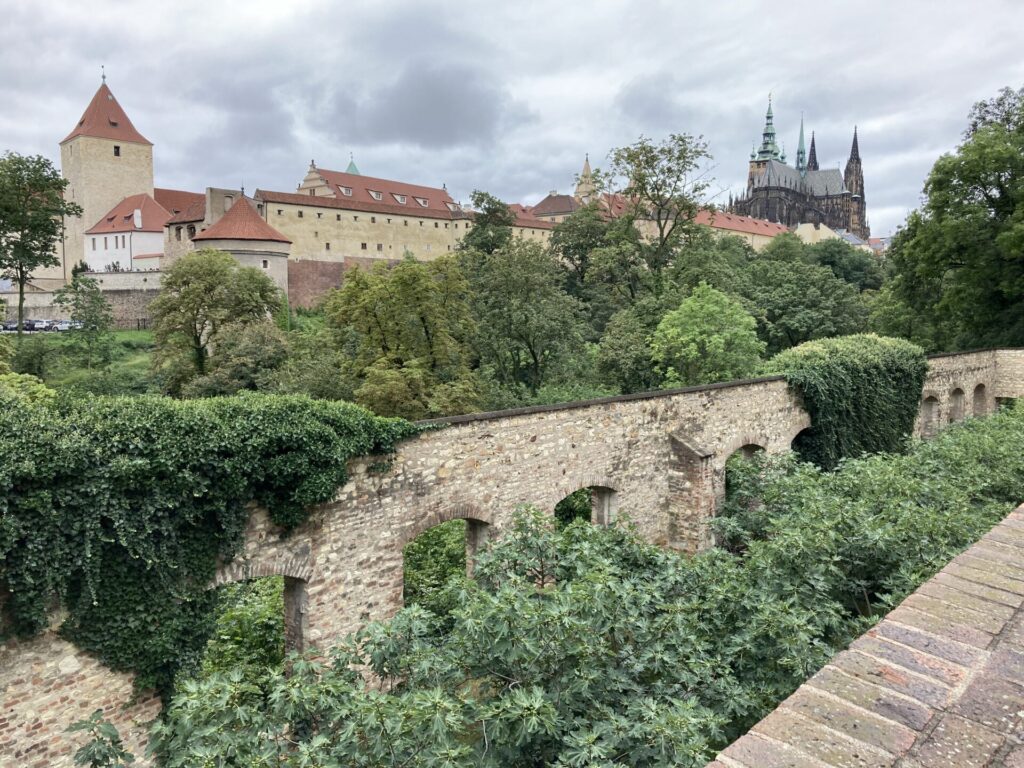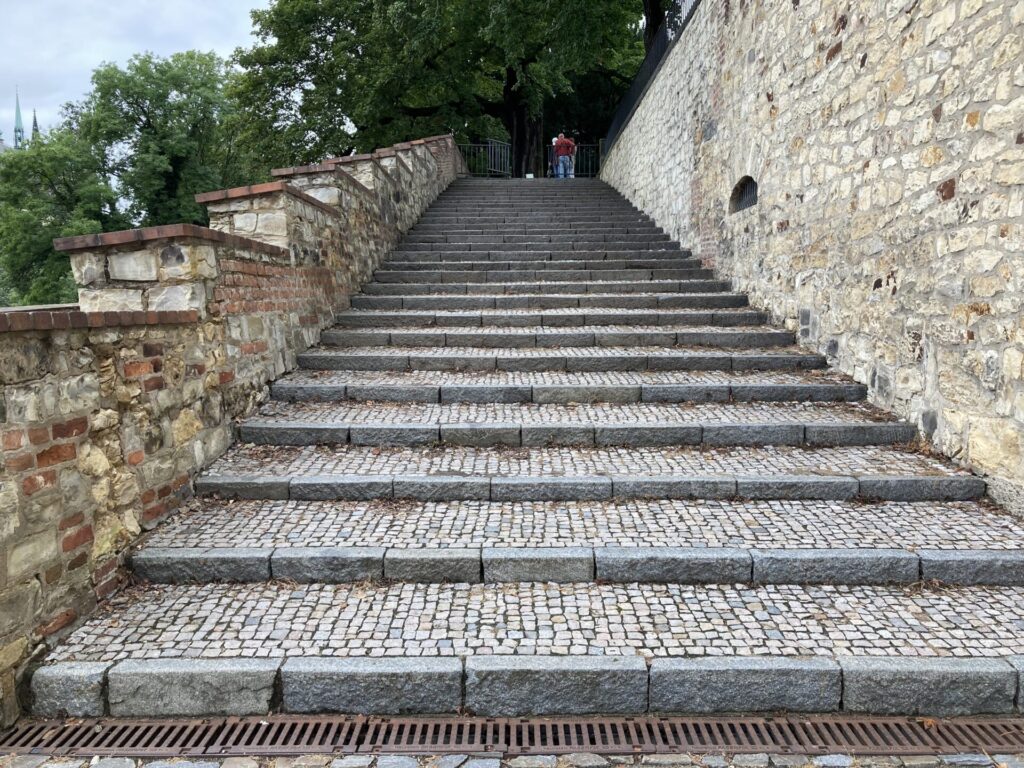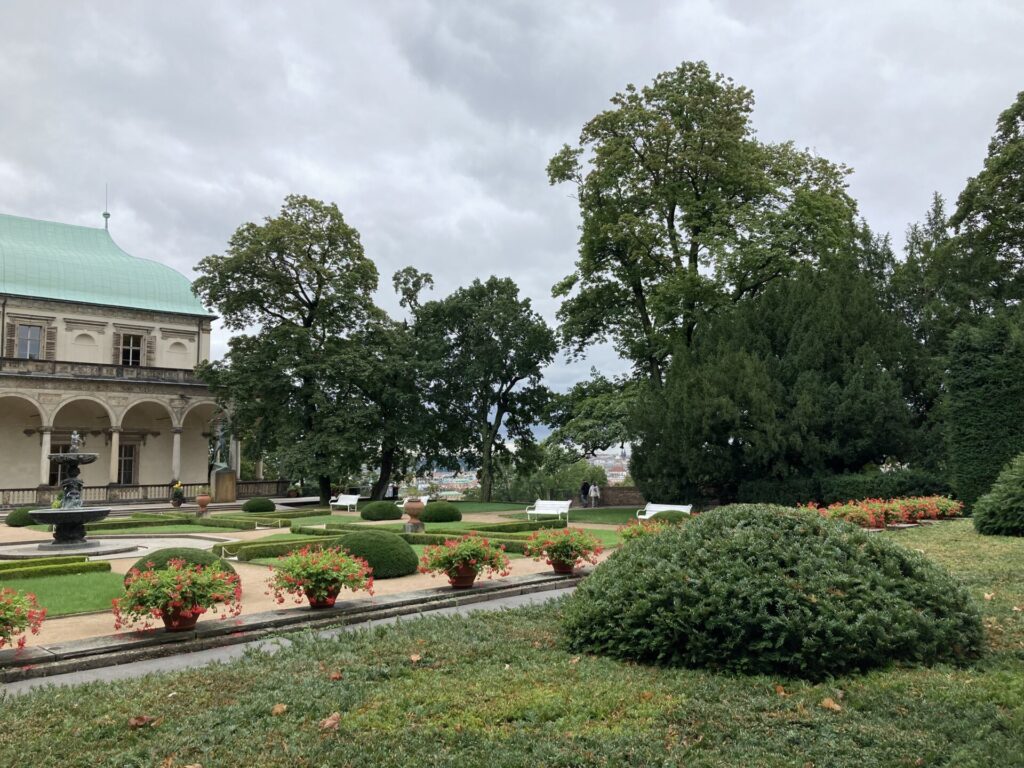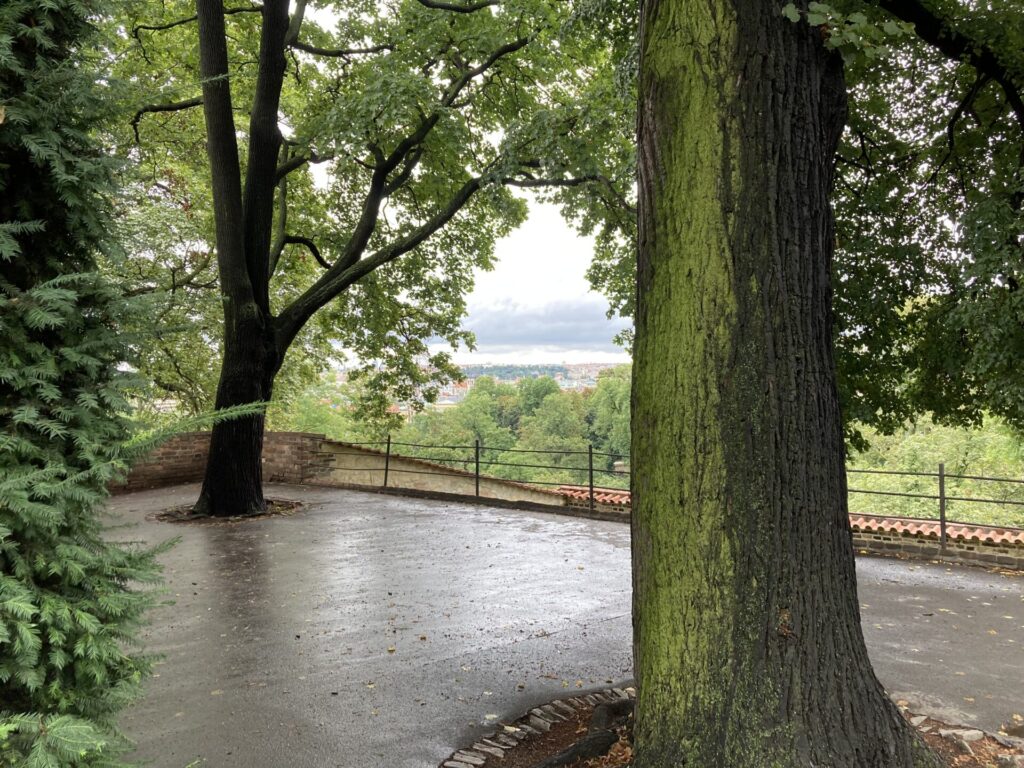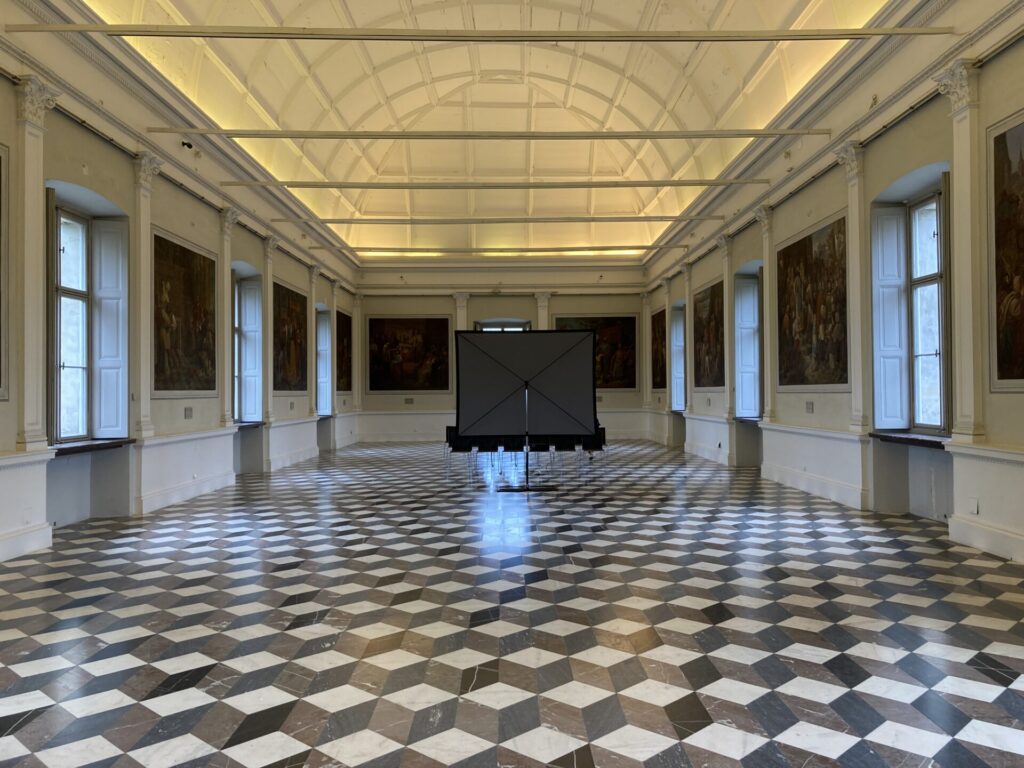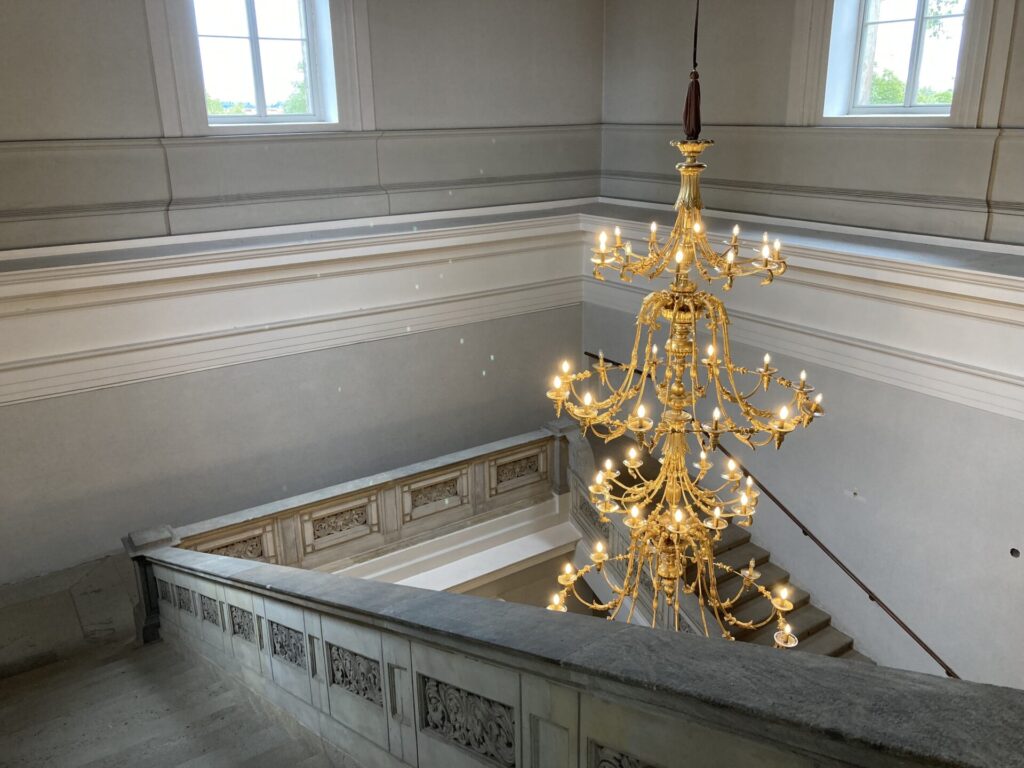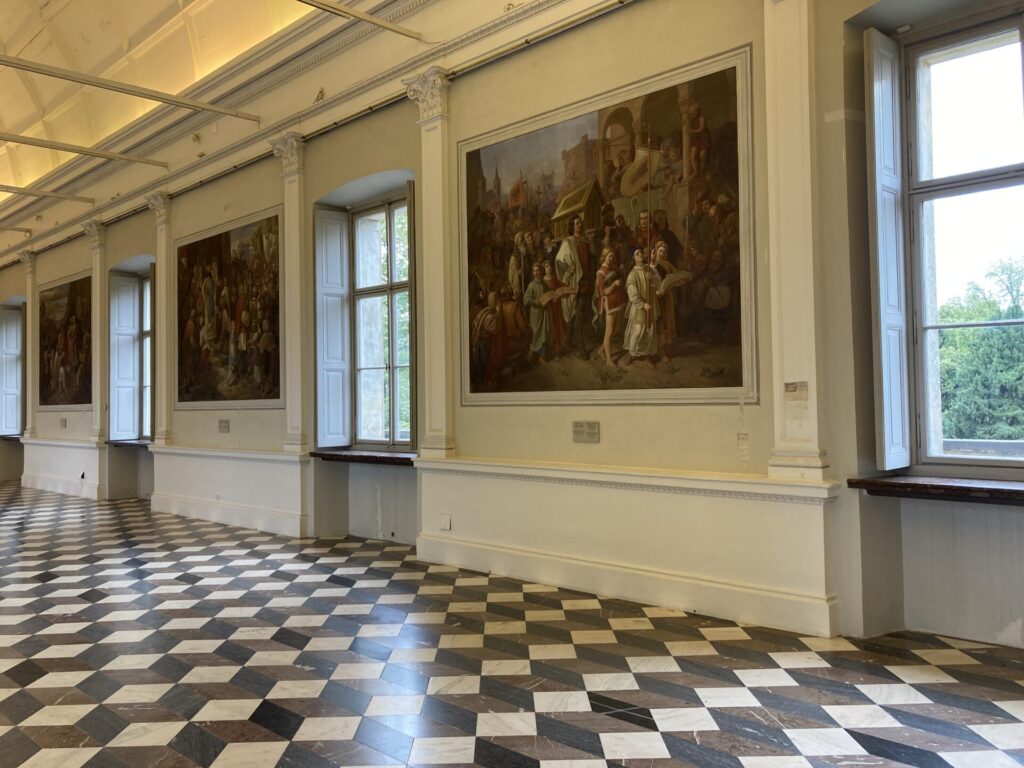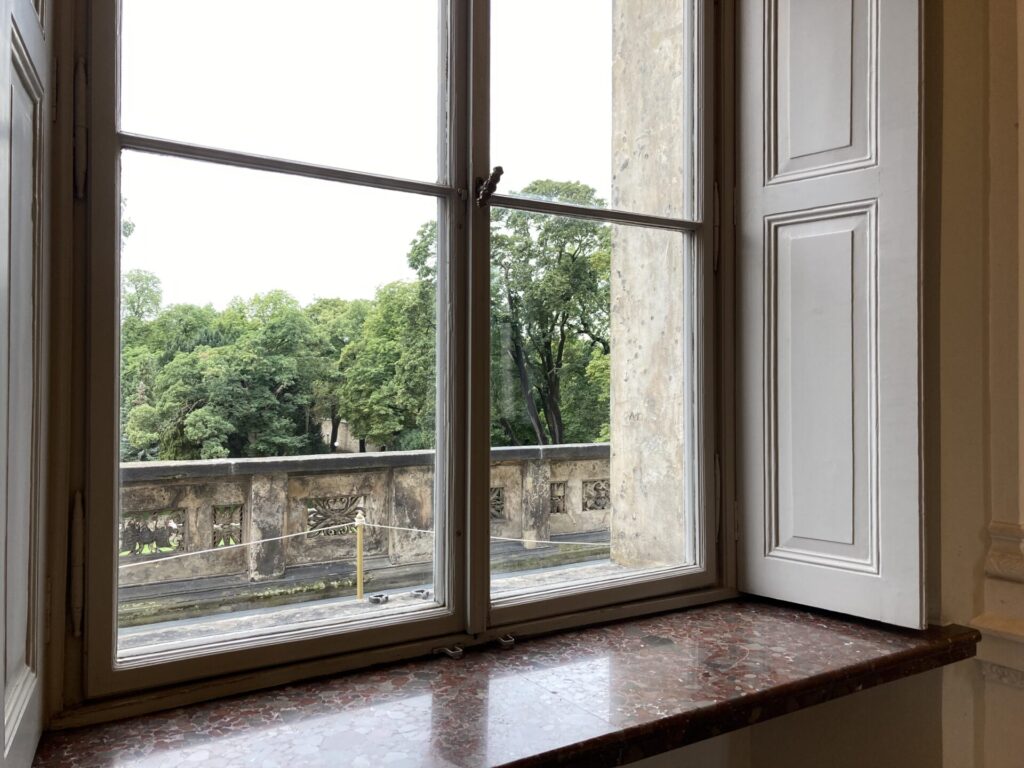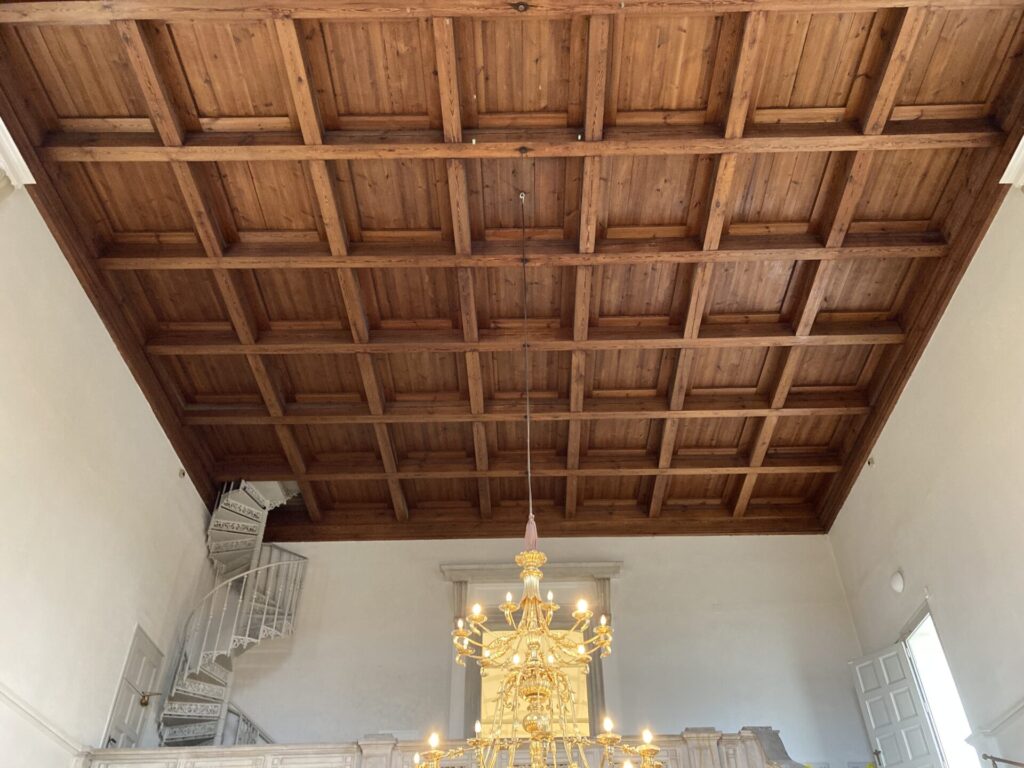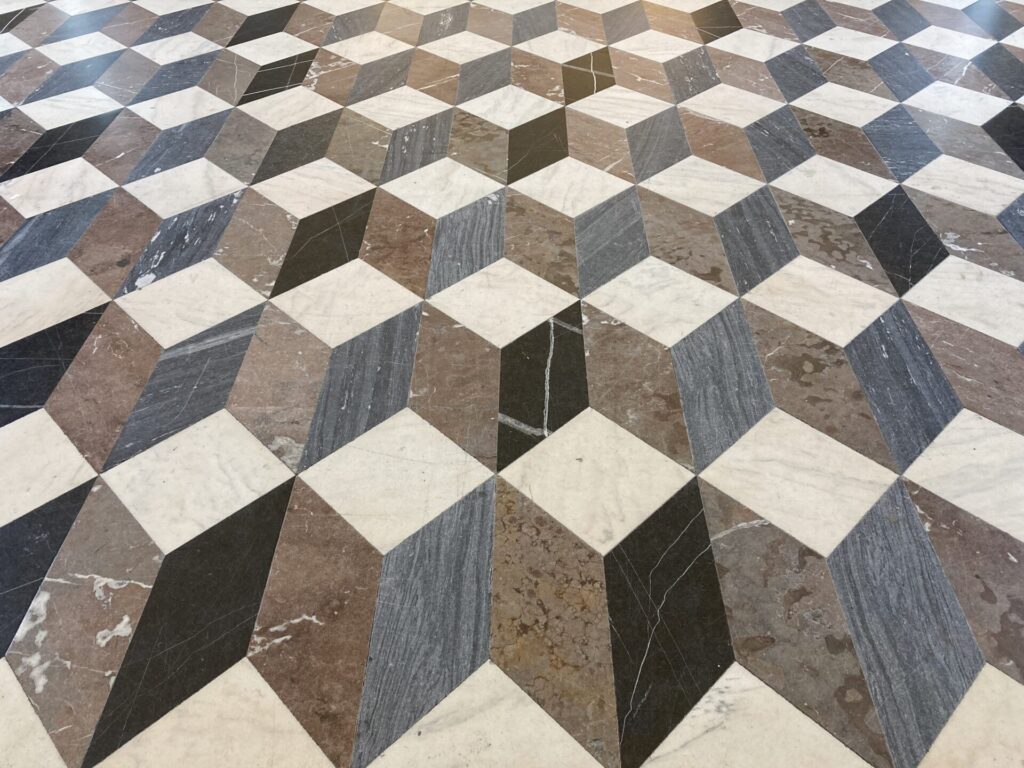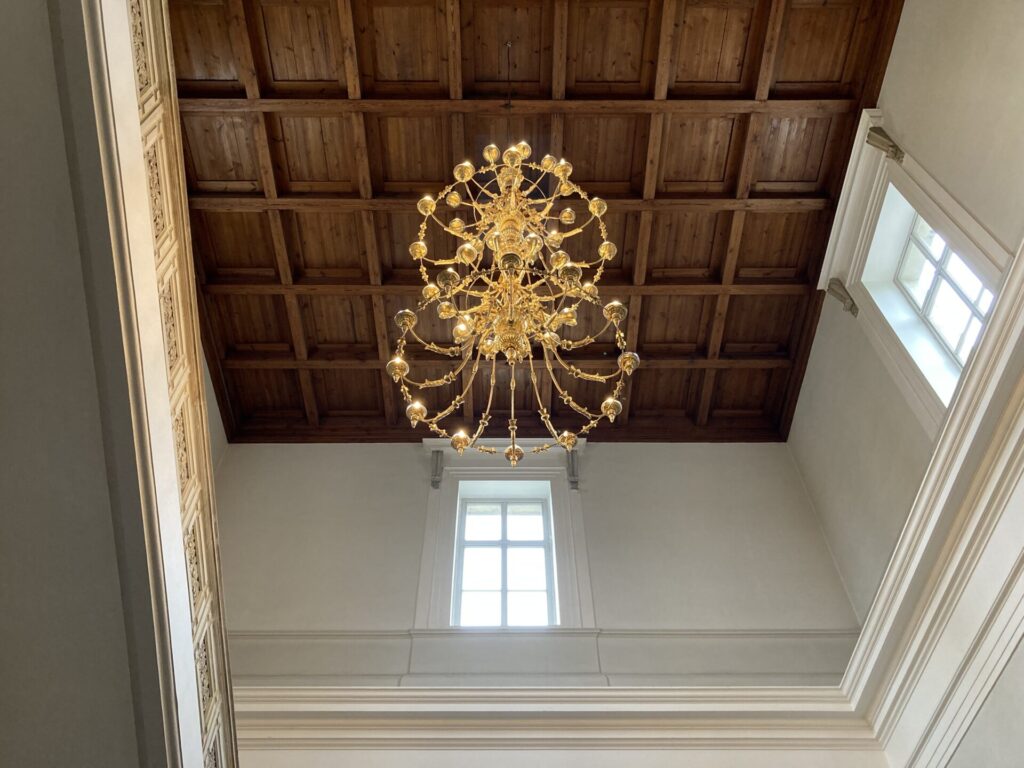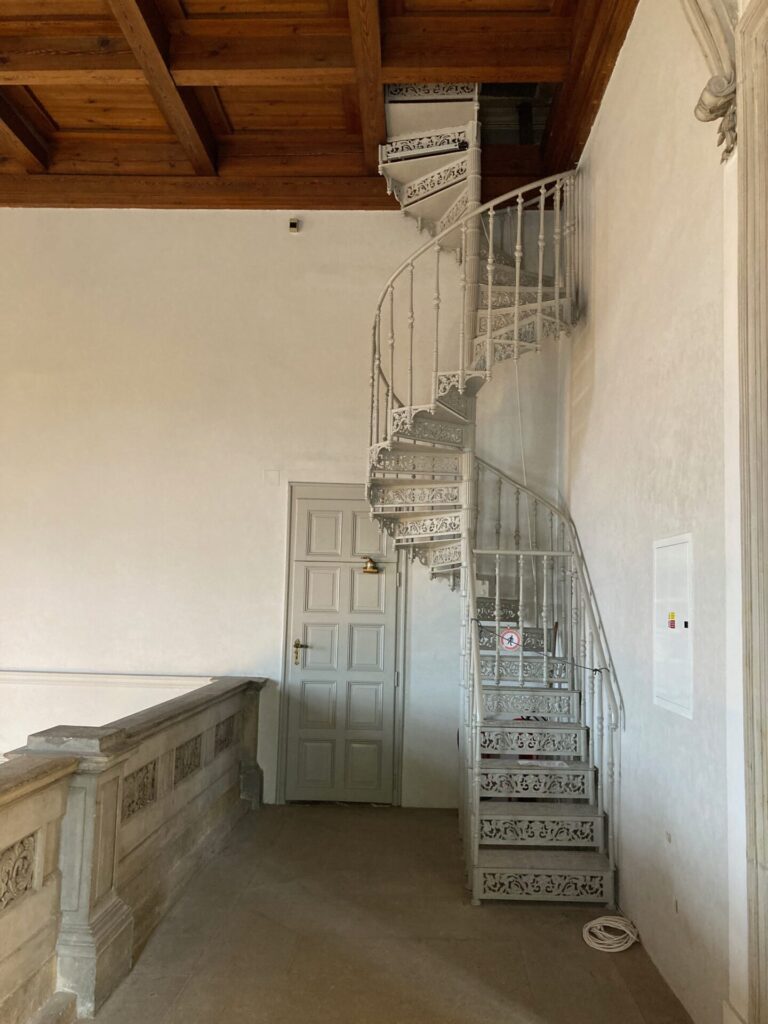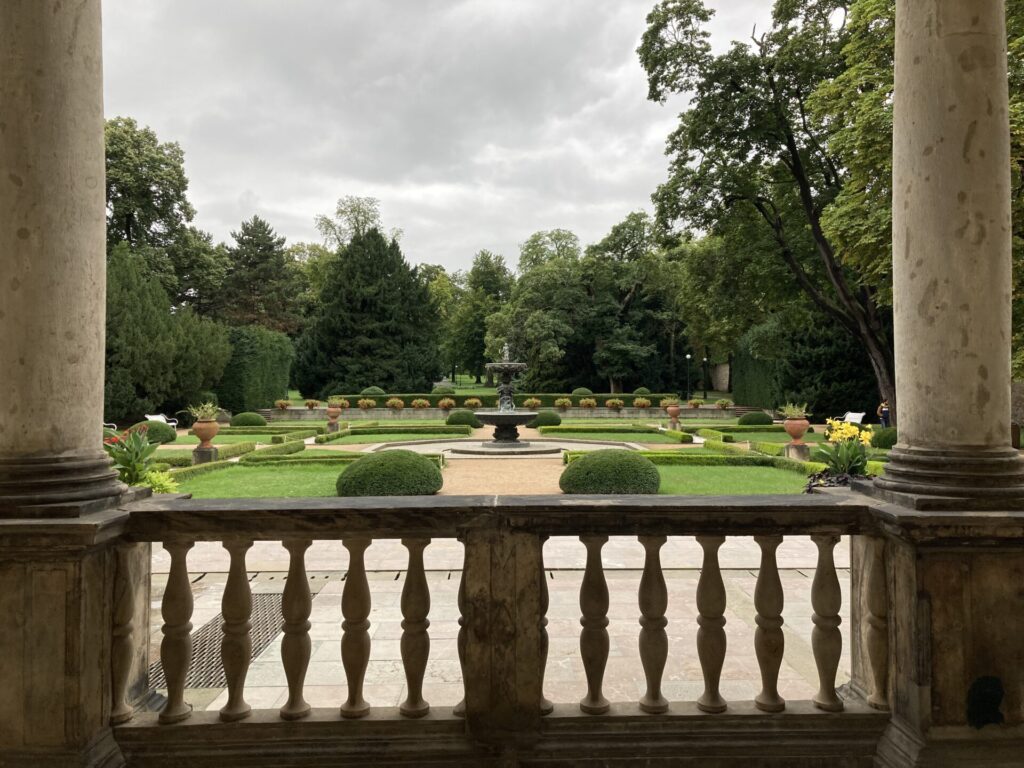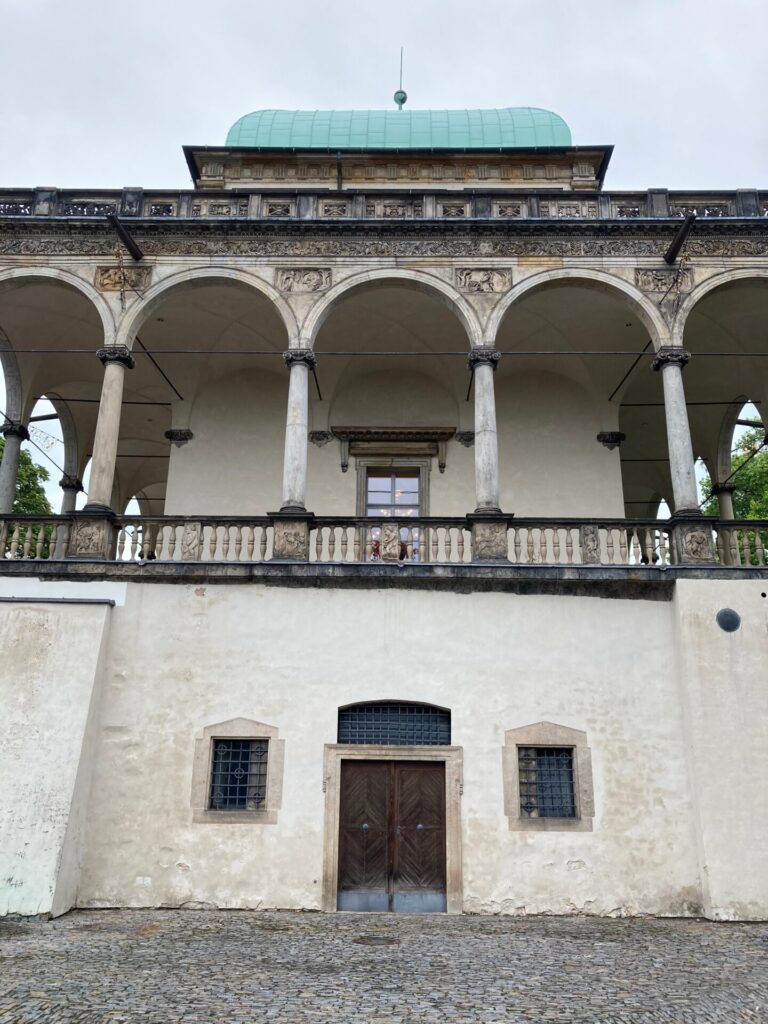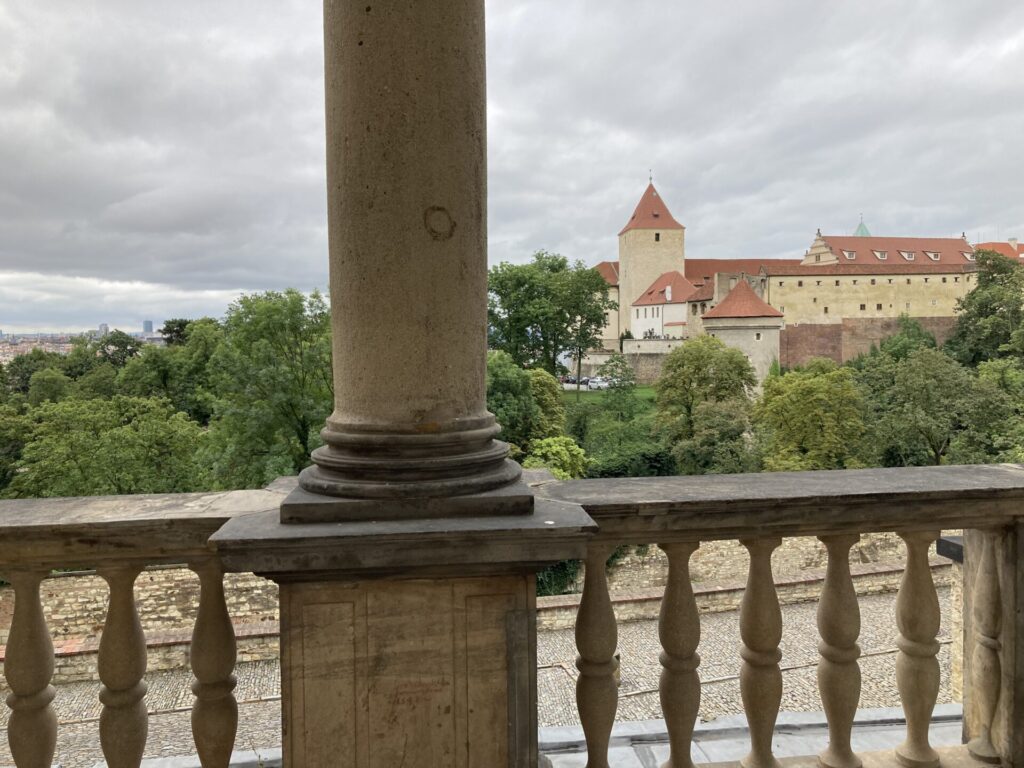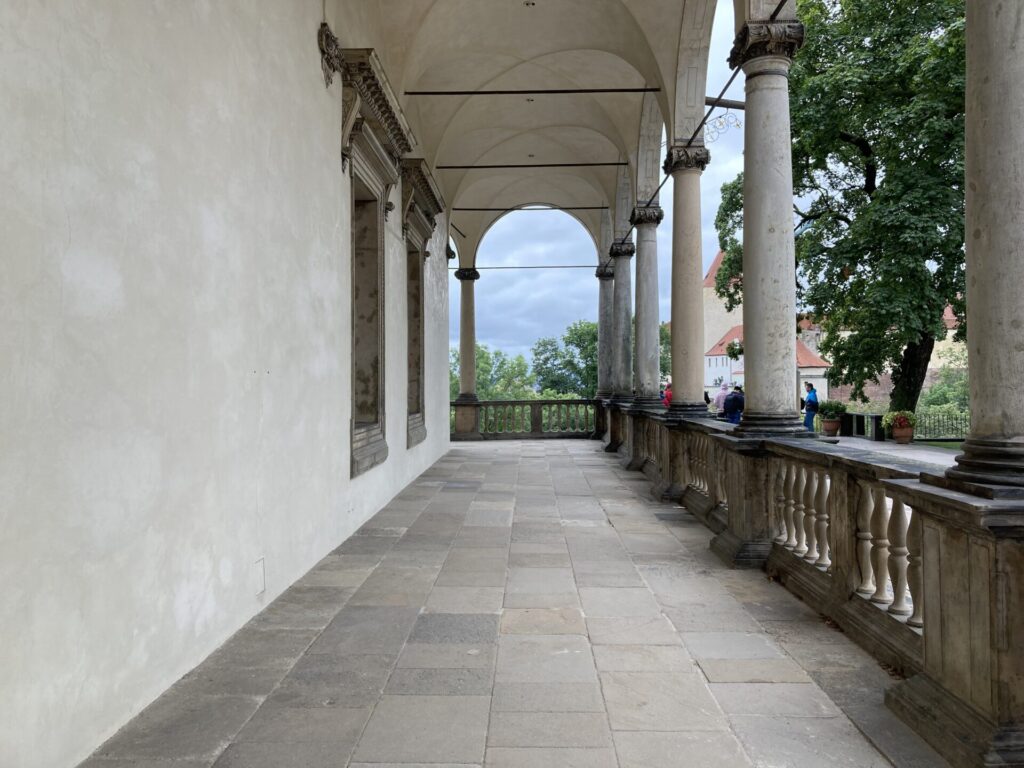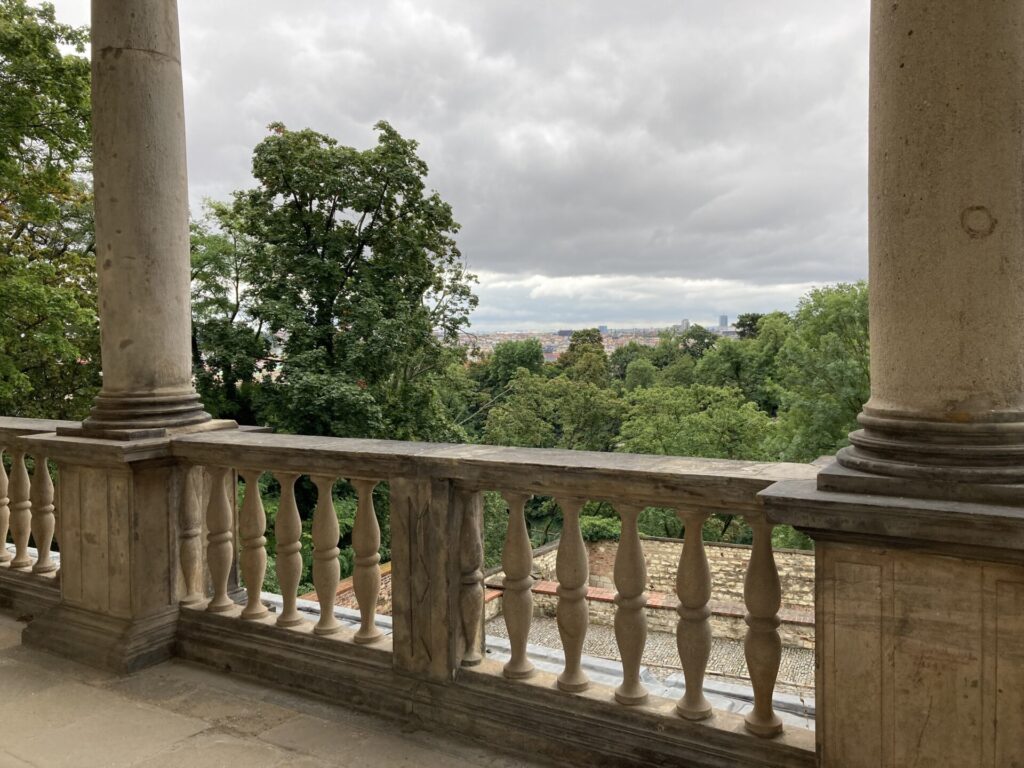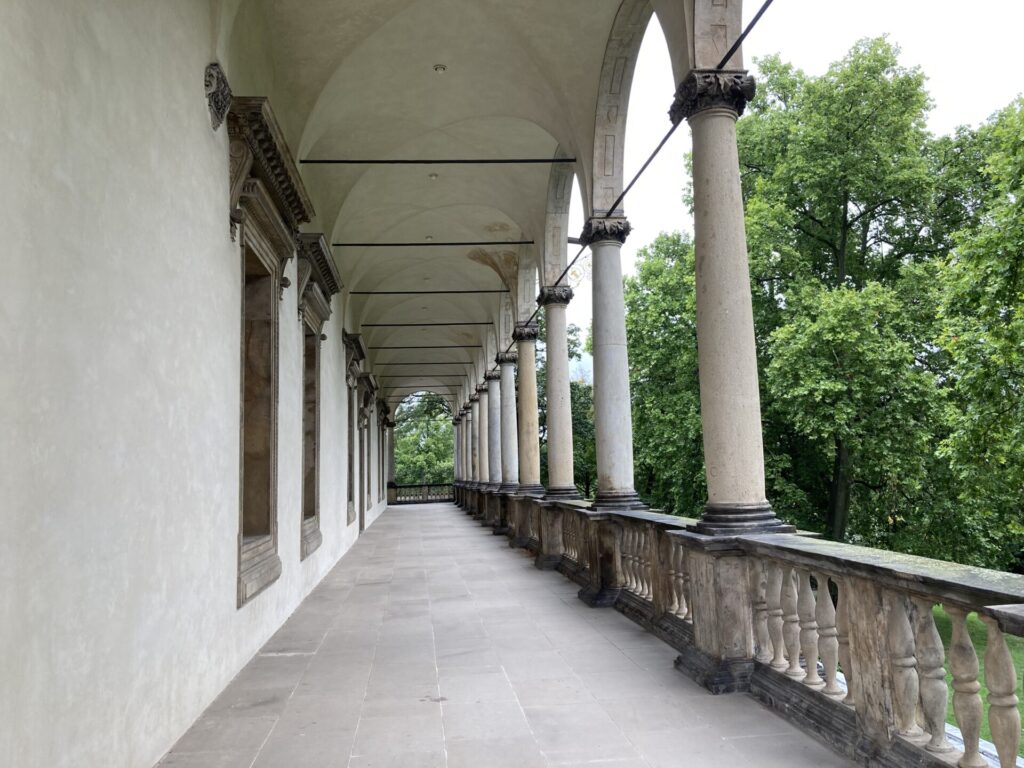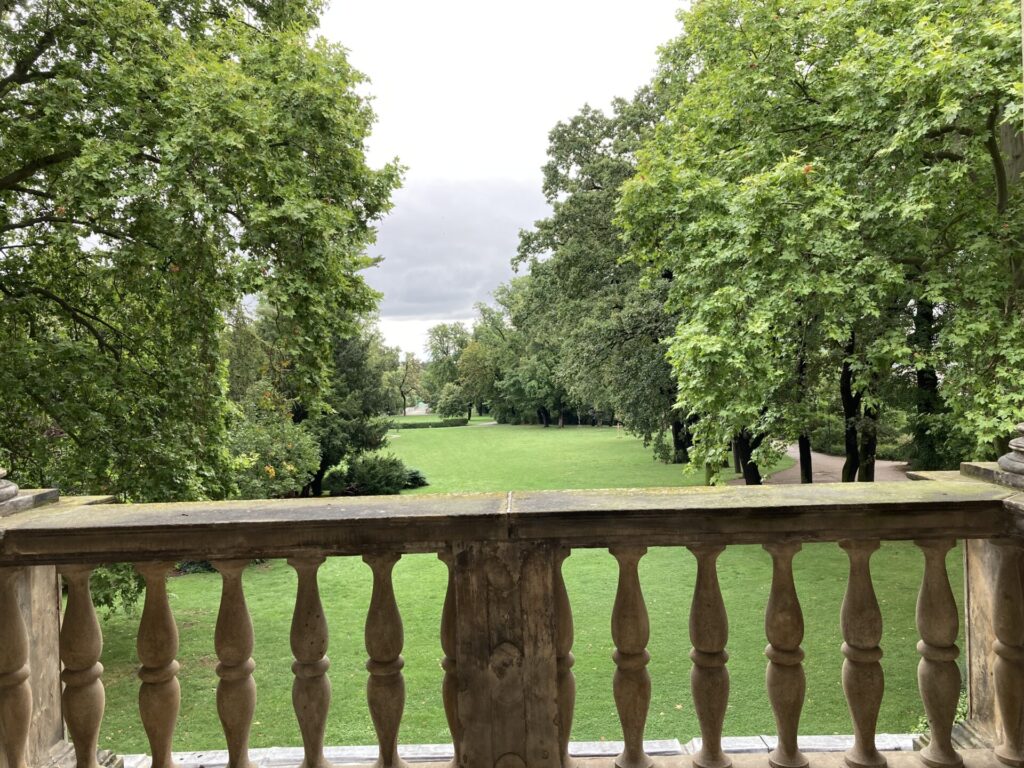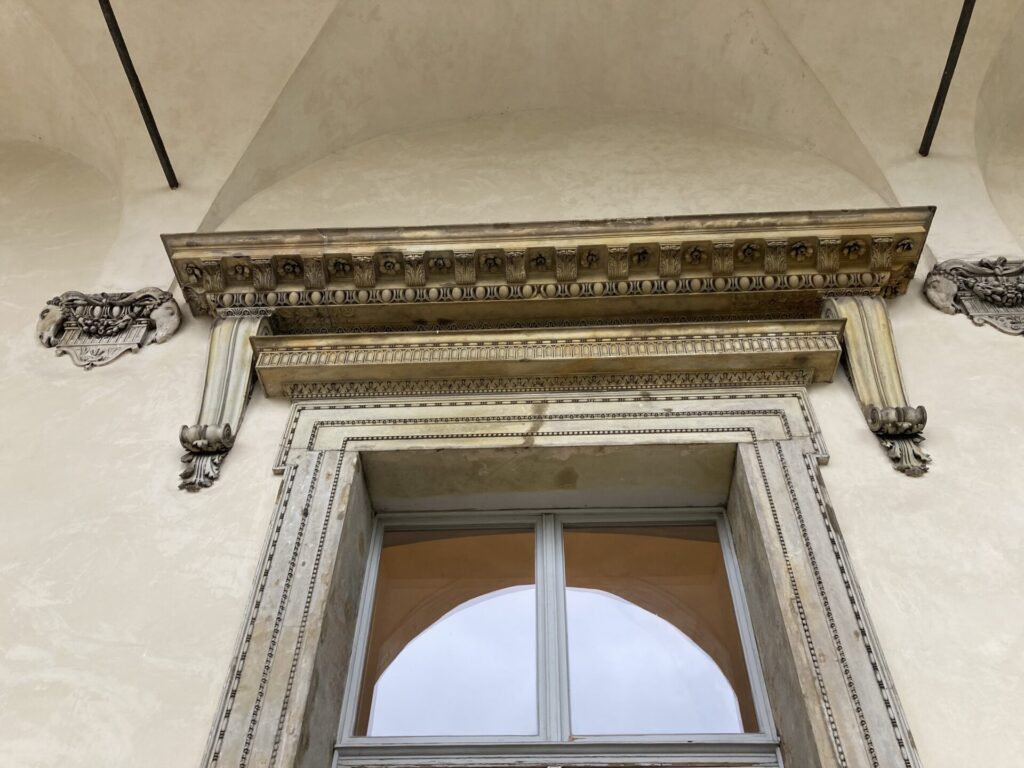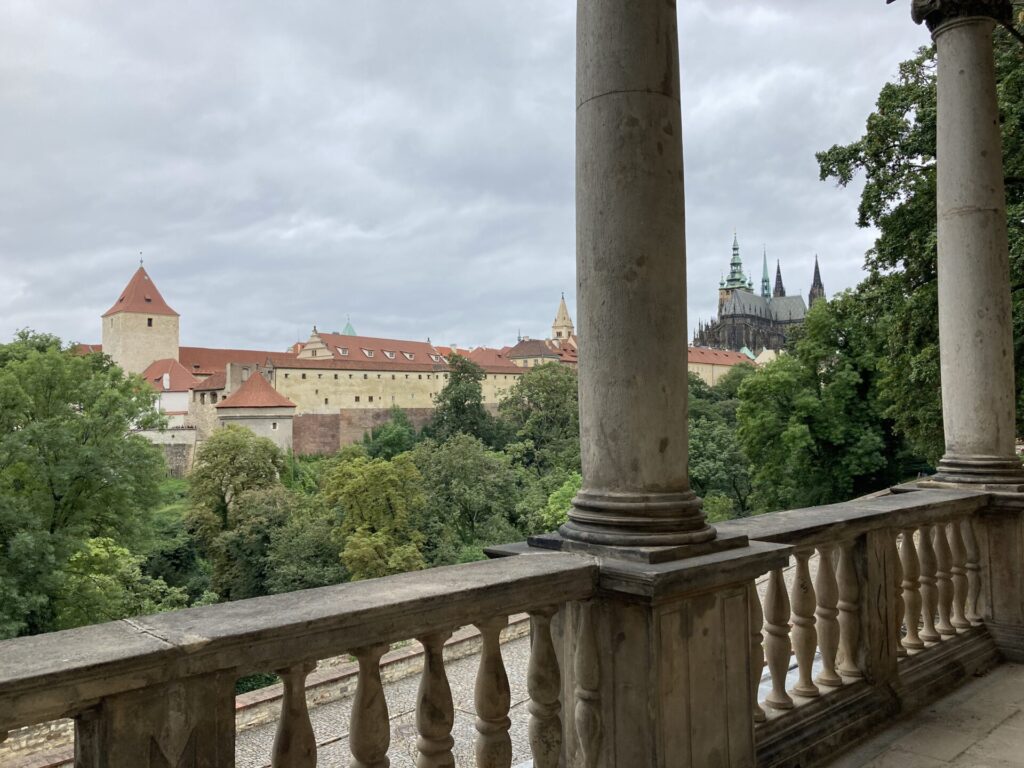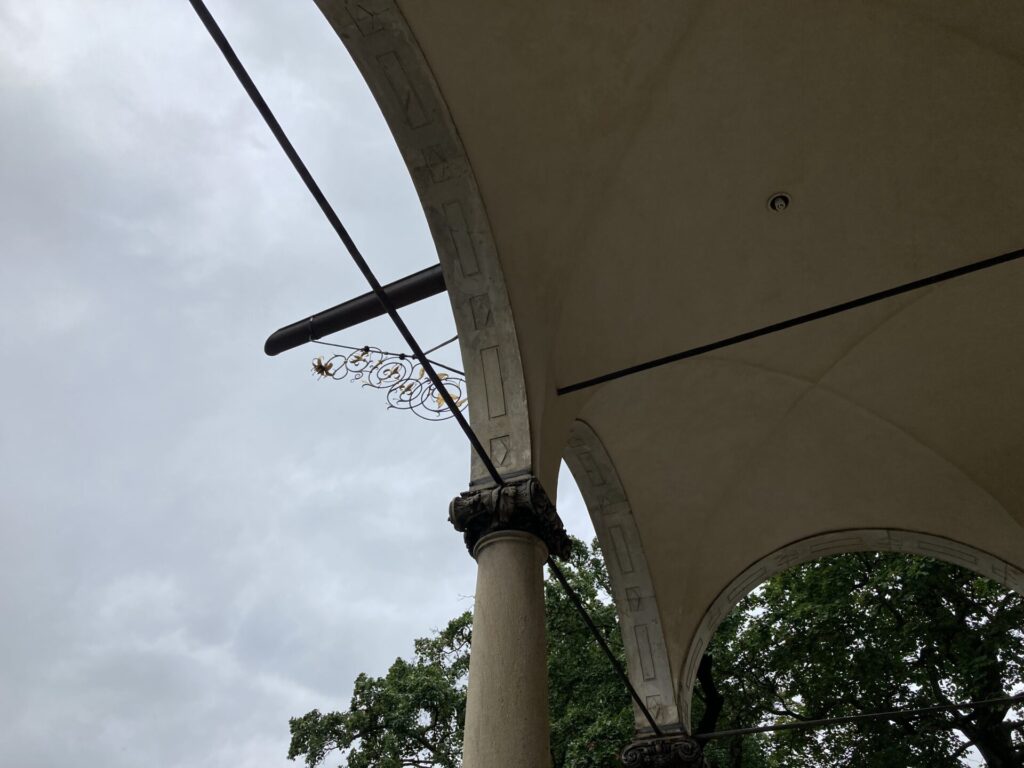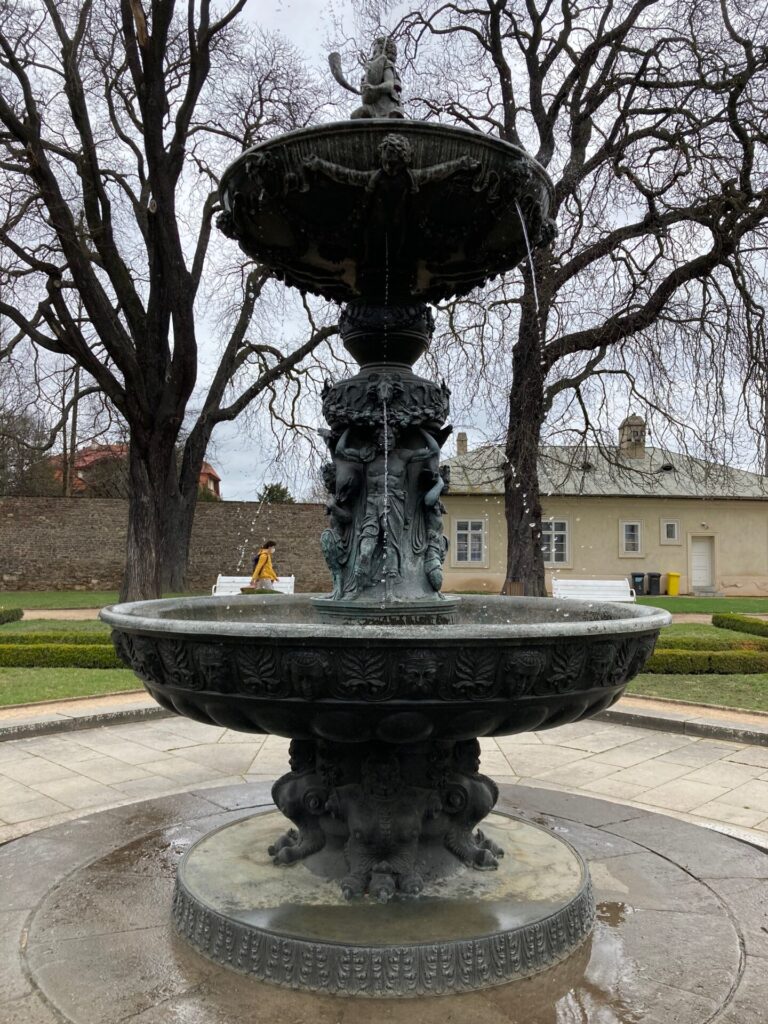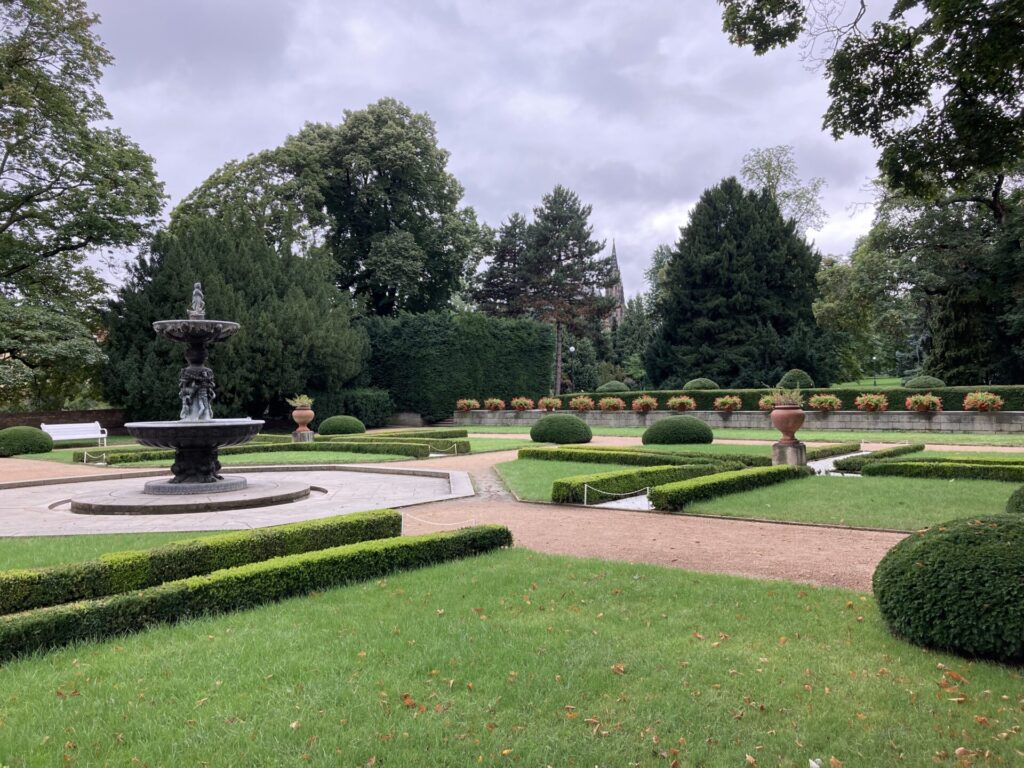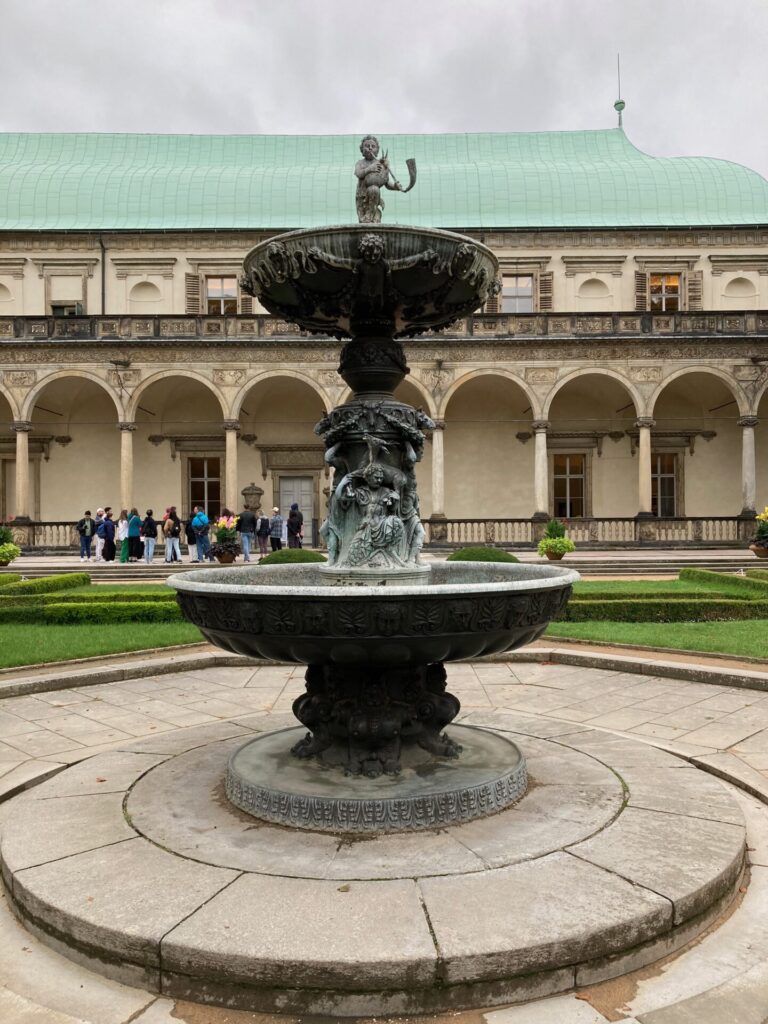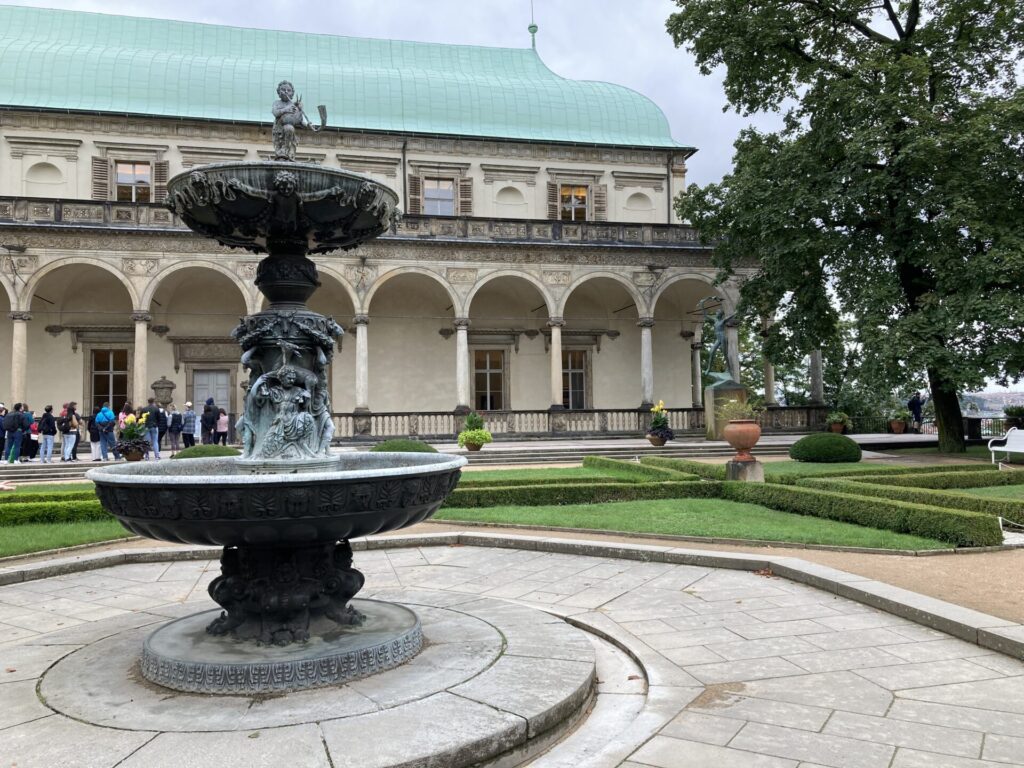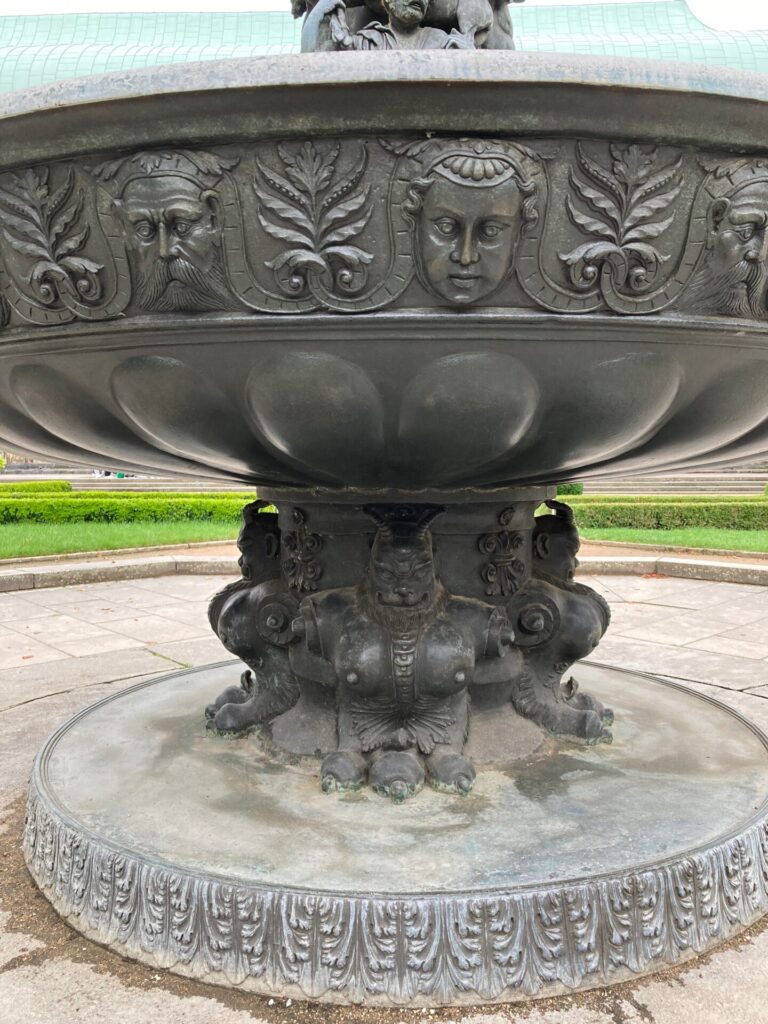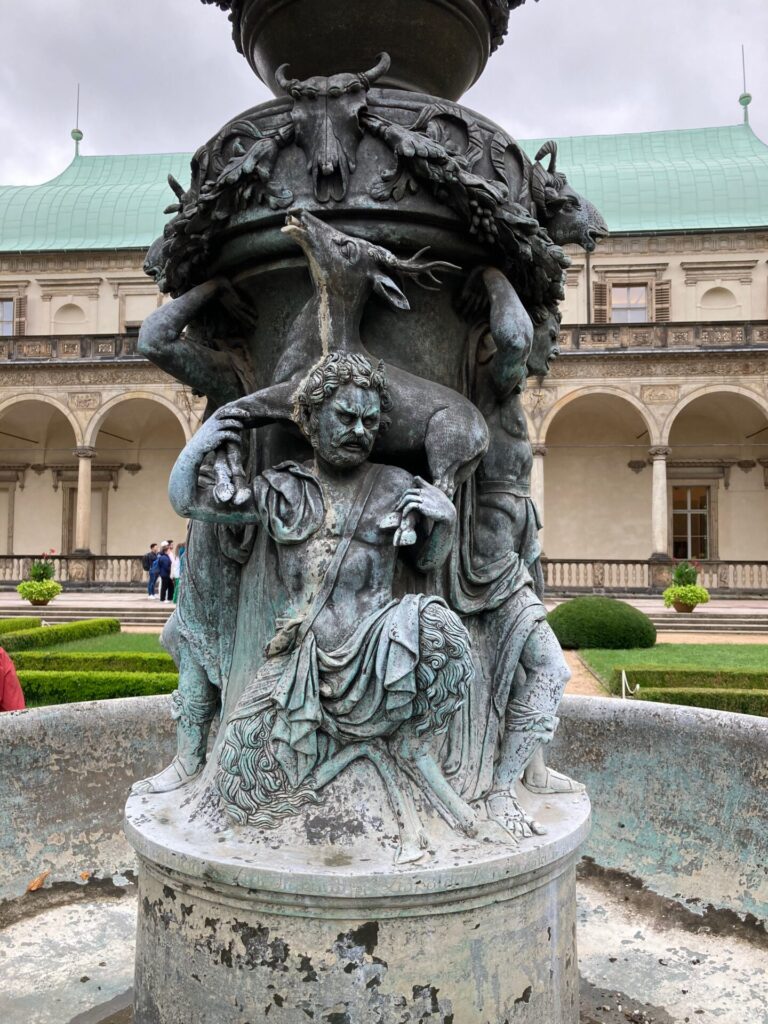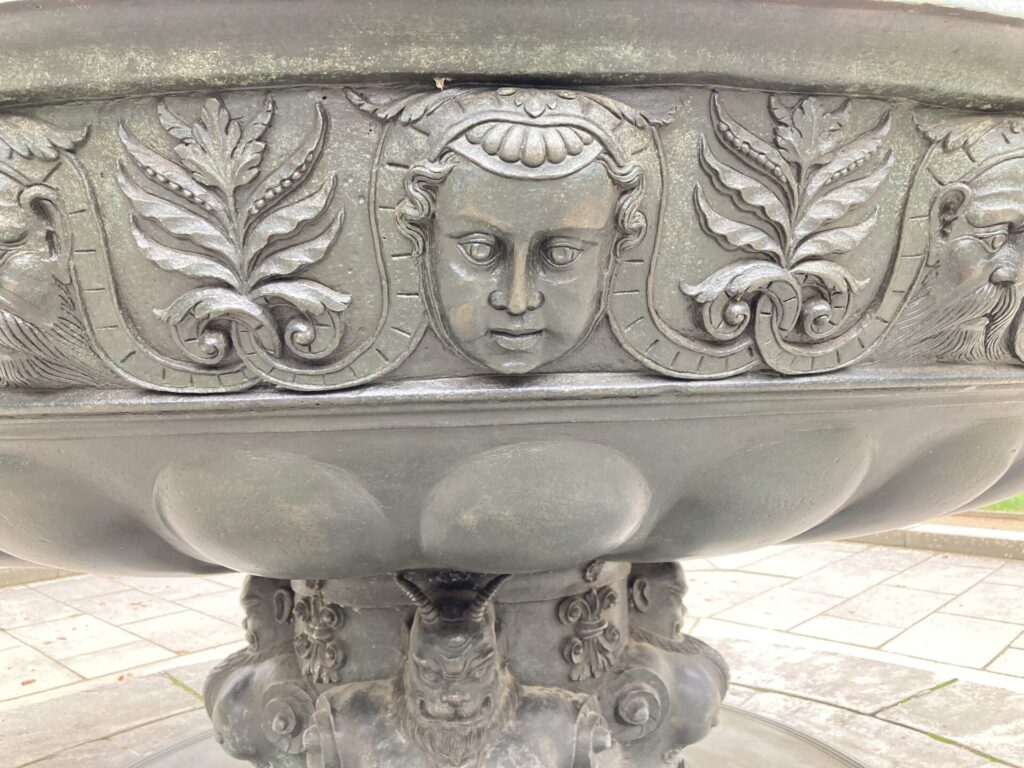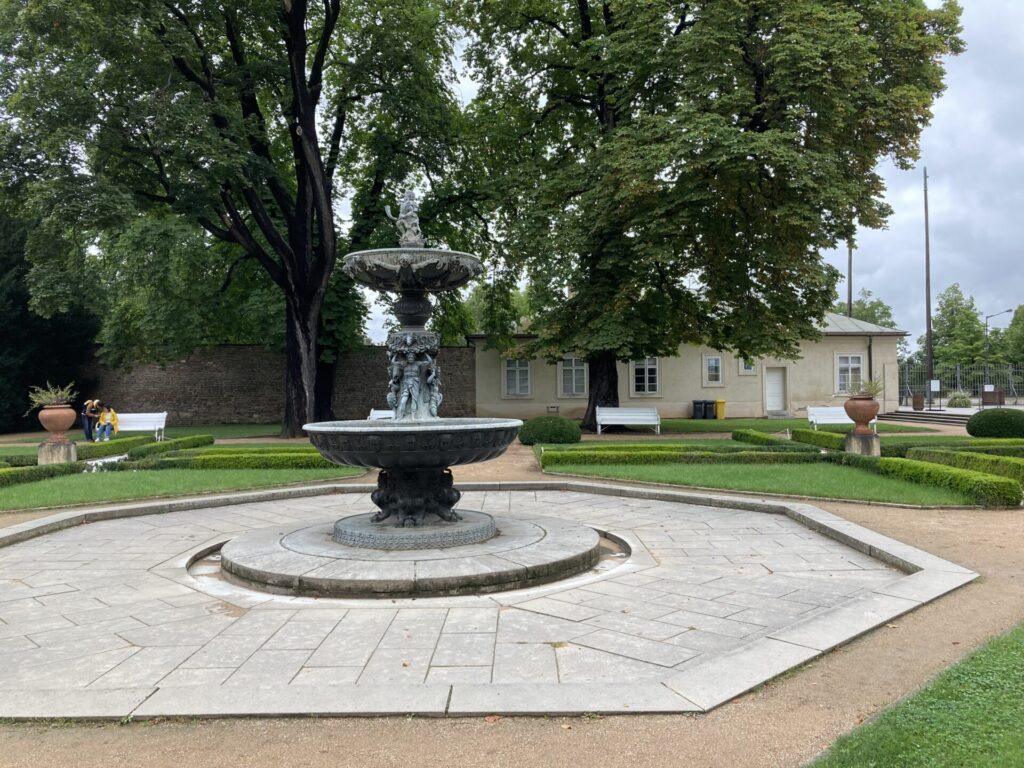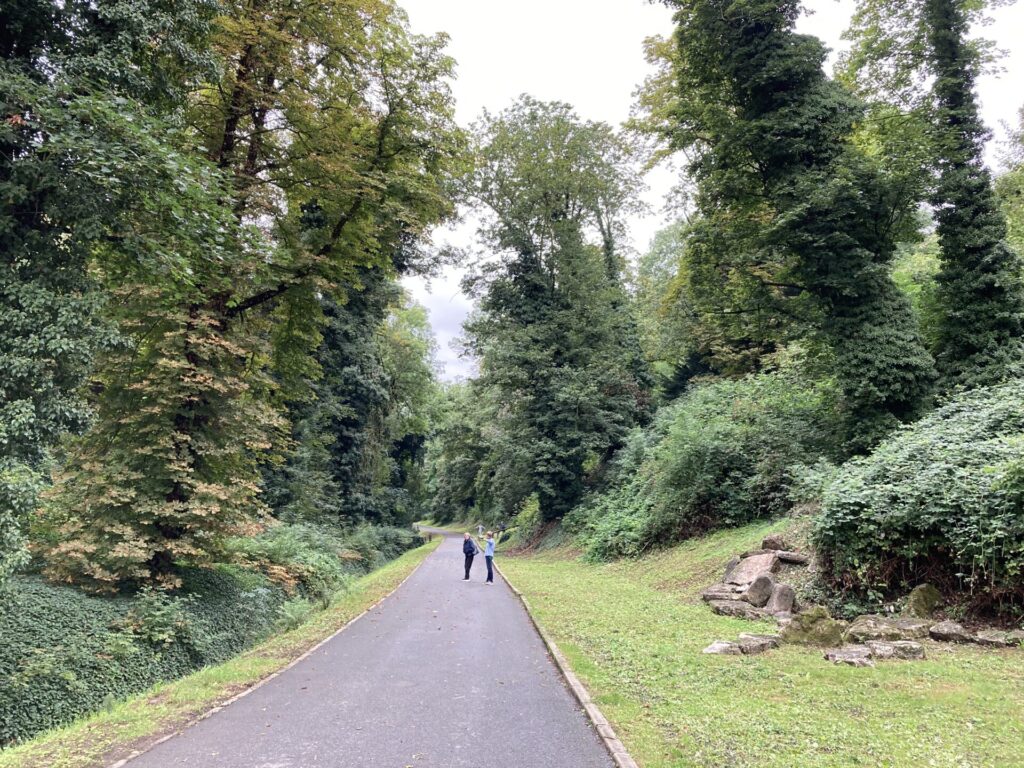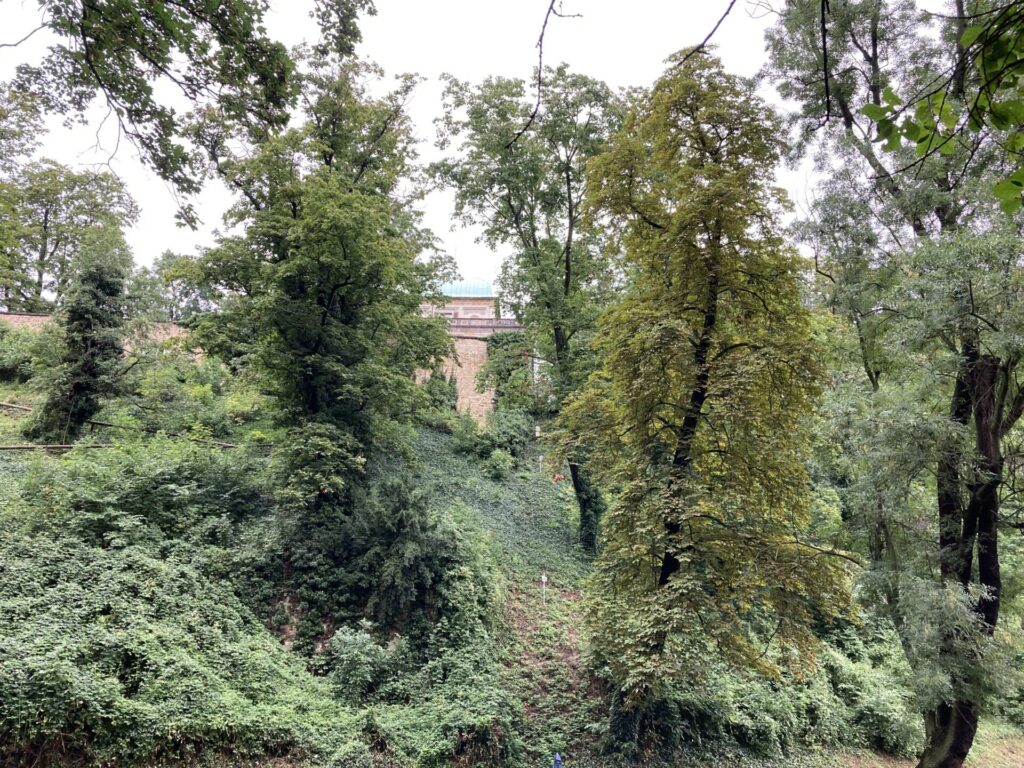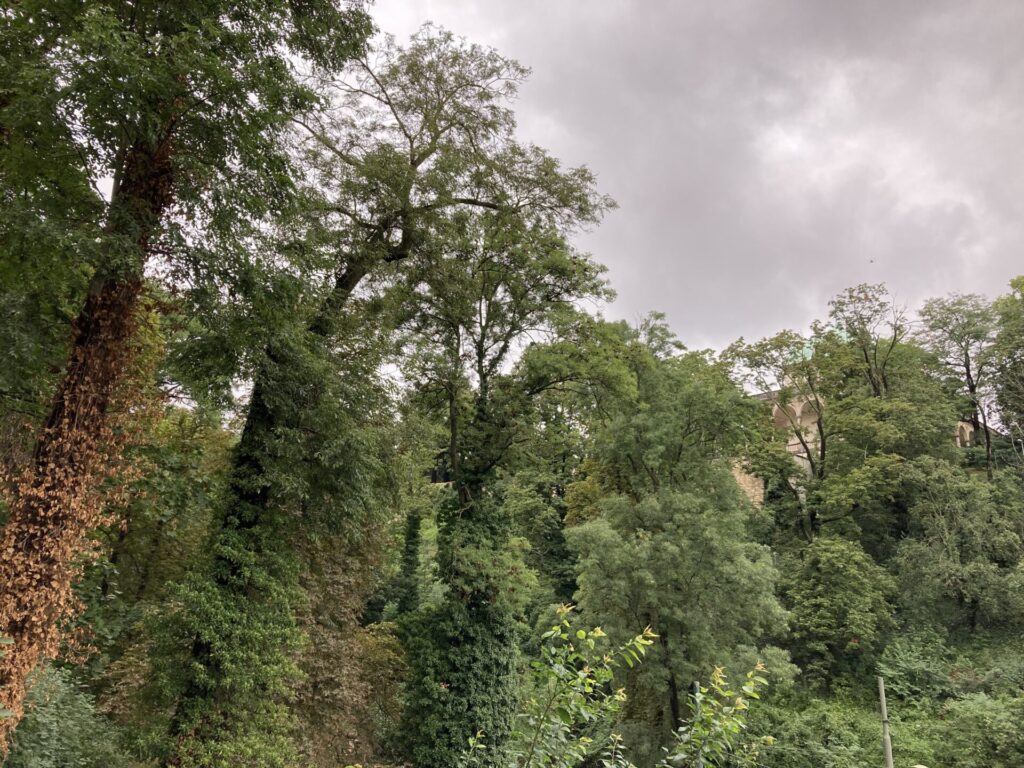In March 1509, the not even three-year-old Louis Jagiellon was crowned King of Bohemia. When the golden St. Wenceslas diadem was placed on the boy’s head, he started to cry bitterly. His three-year-old older sister Anna also burst into tears when she saw her crying brother. Their father, Vladislaus II Jagiellon, calmed his daughter down by lending her the royal diadem for a while.
Unbeknownst to him, he had predetermined history – Vladislaus was on the Czech throne until he died in 1516. After him, Louis II acceded the throne, ten years old at the time, who initially ruled through guardians. Ten years later, on August 29, 1526, Louis died in a battle near Mohacs (the territory of today’s southern Hungary). The inexperienced warrior, Louis had had 25,000 soldiers against the Ottoman Sultan Suleiman with 55,000 soldiers ready to fight. The battle lasted less than three hours; sixteen thousand men fell on both sides, and Louis drowned in the swamps while fleeing. Half a year after Louis’s death, his sister Anna’s husband, Ferdinand I, became King of Bohemia; the first Habsburg on the Czech throne.
And Who Are You Marrying? I Don’t Know
When Anna was twelve years old, her father agreed with the Habsburg Emperor Maximilian I that Anna would marry one of the Emperor’s grandsons; it was not determined whether it would be Charles or Ferdinand. Anna was then sent to the Habsburg court and raised in Vienna and Innsbruck. She hoped that Charles would be chosen as her husband, but in the end, he was married off to Spain, and Anna “was left” with Ferdinand.
By the way – Ferdinand’s grandmother was Queen Isabella of Castile, who sent Christopher Columbus on an overseas voyage, during which he discovered America for Europeans.
They were married when they were both 18 years old. Although the marriage of Anna and Ferdinand was dynastic, i.e., a marriage entered into for reasons of power regardless of the will of the future spouses, it was a happy marriage. Anna supported her husband in performing his regent duties, and he helped her in taking care of the children, including their excellent education. They were loyal to each other and loved each other very much, which is certainly evidenced by the fact that they had fifteen children.
Mother of the Nation
Anna was modest and friendly; she also attracted the people of Prague by the fact that after the great fire of 1541, the biggest in the history of Prague, when 197 houses burned down in the Lesser Town and Hradčany, she helped repair St. Vitus Cathedral. Then, she came to be called “The Mother of the Nation.” The happy life of this exemplary married couple ended in January 1547, when Anna, aged 43, died three days after giving birth to their last child, daughter Johanna. Ferdinand outlived his wife by 17 years. After her death, he never shaved again, and on his deathbed, he clutched her picture in his hands.
They are buried together at St. Vitus Cathedral in Royal Mausoleum (built by Alexander Colin between 1566-90) in the far part of the central nave of the cathedral. The statues of Anna, her husband Ferdinand, and their son Maximilian II lie side by side on the top of the tombstone.
Summer Palace and Singing Fountain
The story of great love ended after twenty-five years of happy marriage. However, we still have one significant memory of their love – Queen Anne’s Summer Palace also called the Belvedere (later, it was also called the Mathematical House because Tycho de Brahe had his observatory there).
Ferdinand began to build a summer palace in the style of the Italian Renaissance for the social needs of his wife. He bought the vineyards that had been there since the Middle Ages, built the Royal Garden, and began constructing a magnificent building with a unique copper roof in the shape of an inverted ship’s keel. The summer palace was built for celebrations, balls, and a place for the informal performance of royal duties. It was also remembered that the royal family could relax here – two smaller square halls were built, which were heated by a fireplace. However, they have not survived to this day.
Unfortunately, Anna did not live to see the completion of the building. And she never even saw a fountain called the Singing Fountain. It was cast between the years 1564 – 68 by the bell-ringer, gunsmith, and iron-founder Tomáš Jaroš, the author of the largest bell of the St. Vitus Cathedral – Sigismund. His Sigismund then replaced the bell, which was destroyed in 1541 in the same big fire, after which Anne became known as the Mother of the Nation.
If you find yourself in the Royal Garden where water is gushing from the fountain, bend down and place your ear on the outside of the lower shell-shaped container. Then you will immediately know why it is called the Singing Fountain. And if the fountain is “dry,” you can try slapping it with your open palm. It’s worth it, too.

The paintings on the first floor commemorate essential moments in Czech history.
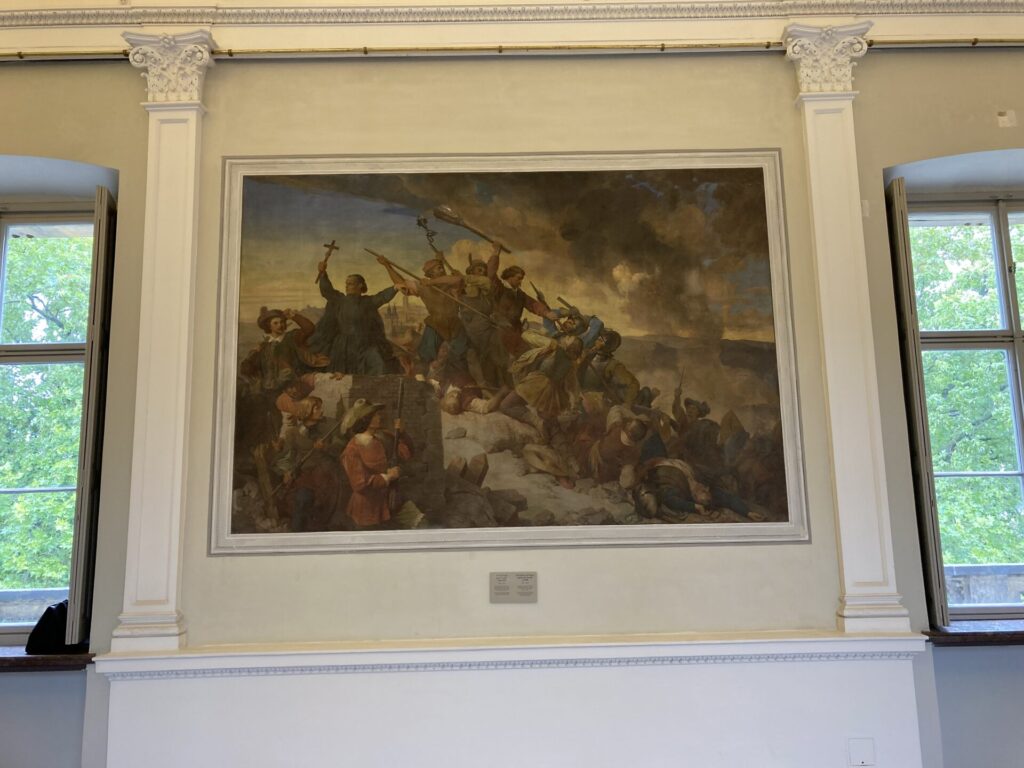
The Defence of Prague against the Swedes in 1648 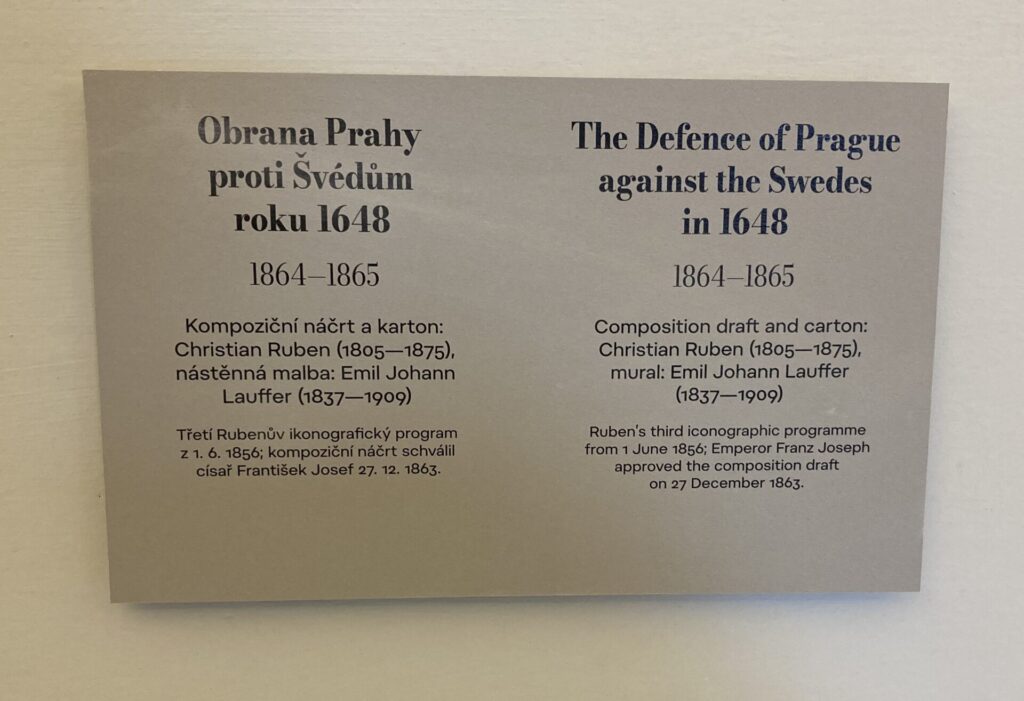
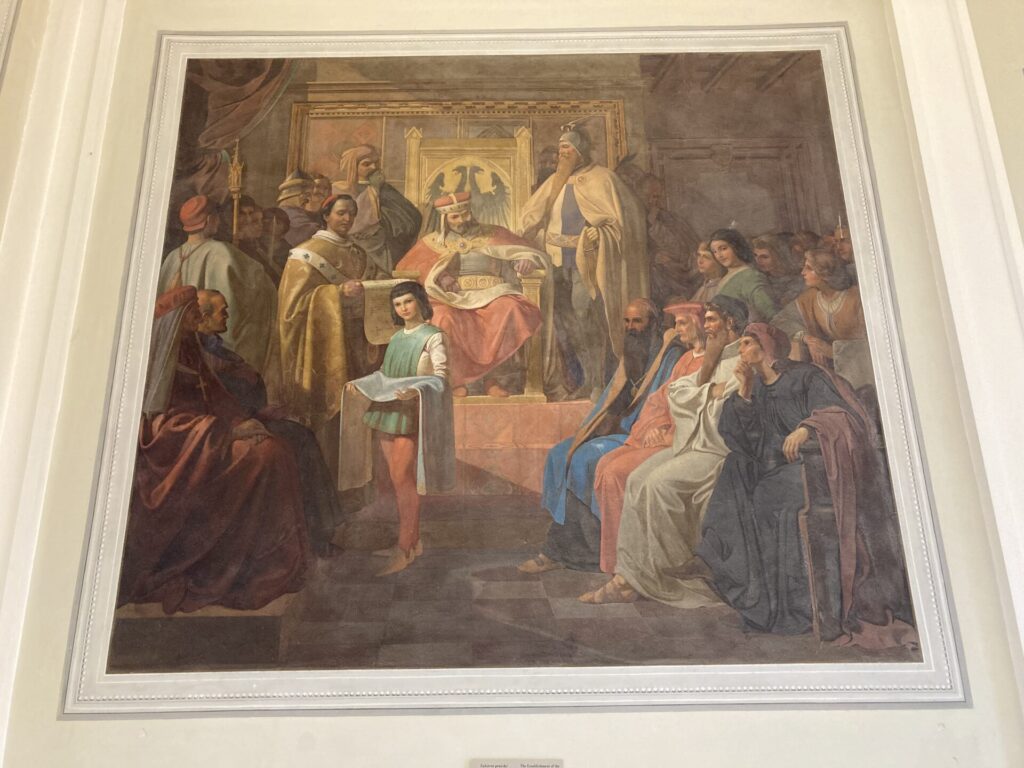
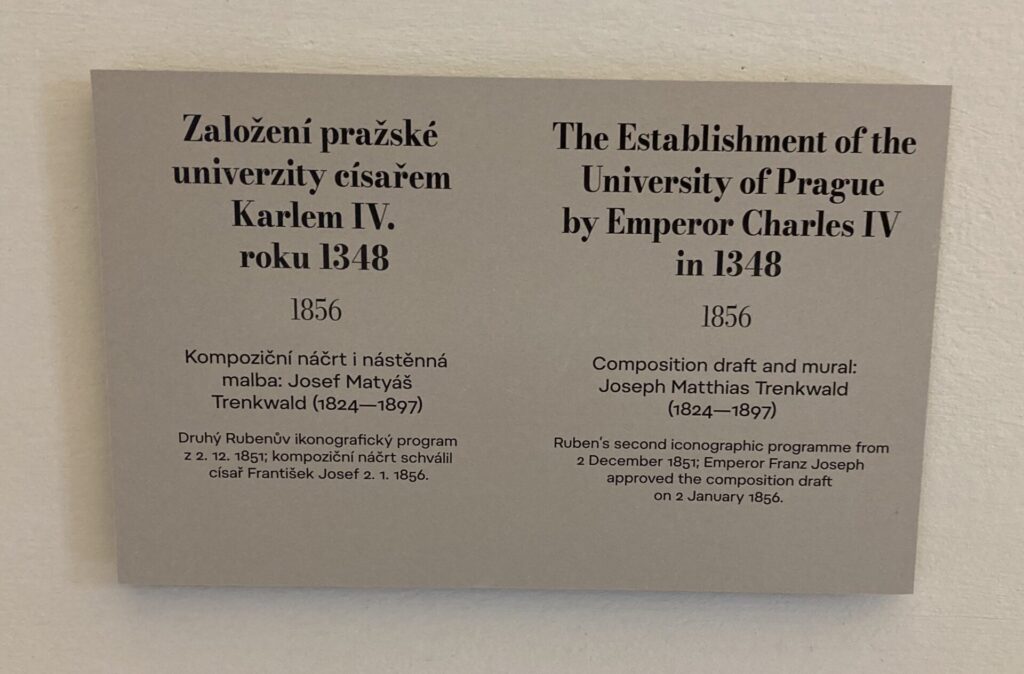
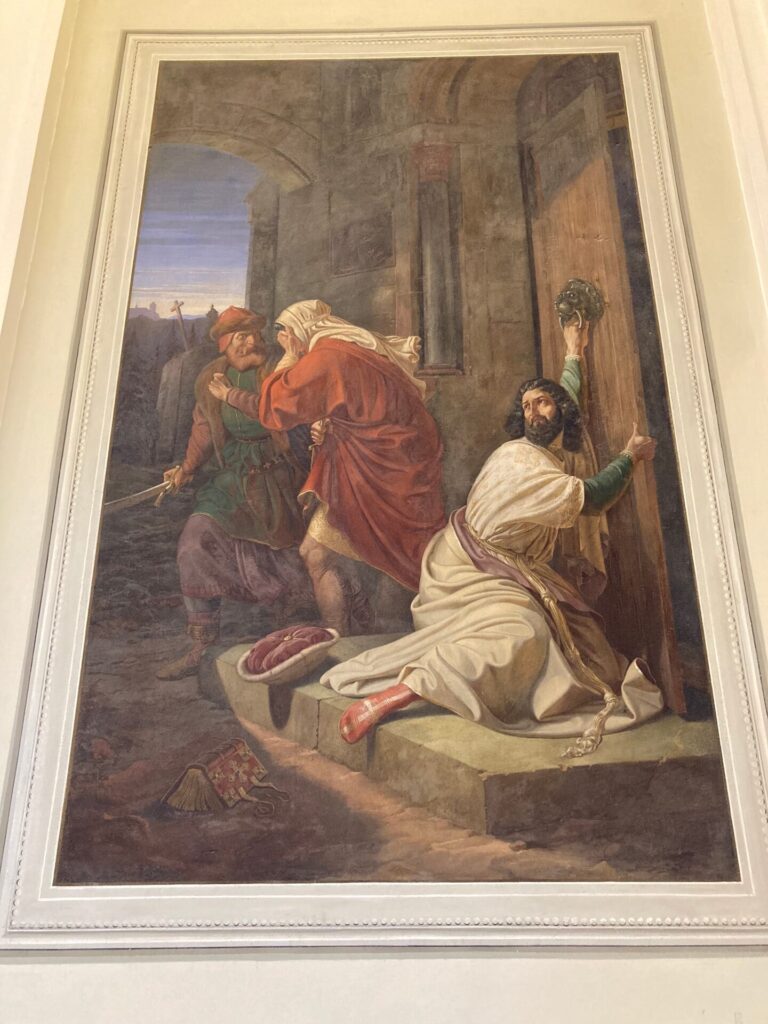
The Murder of St Wenceslas in 936 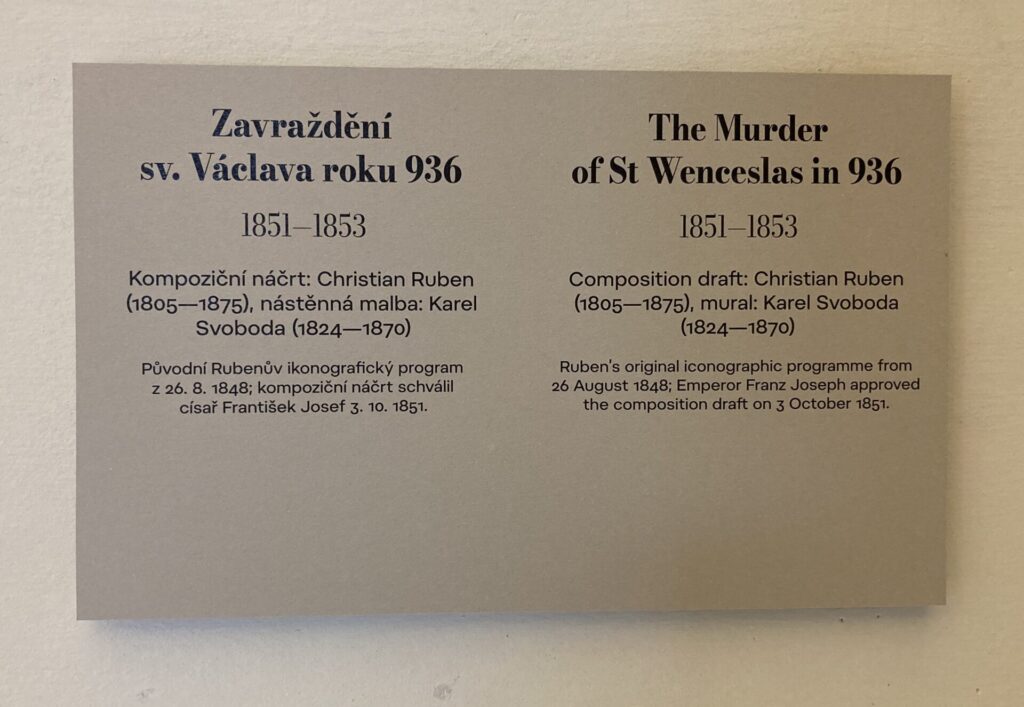
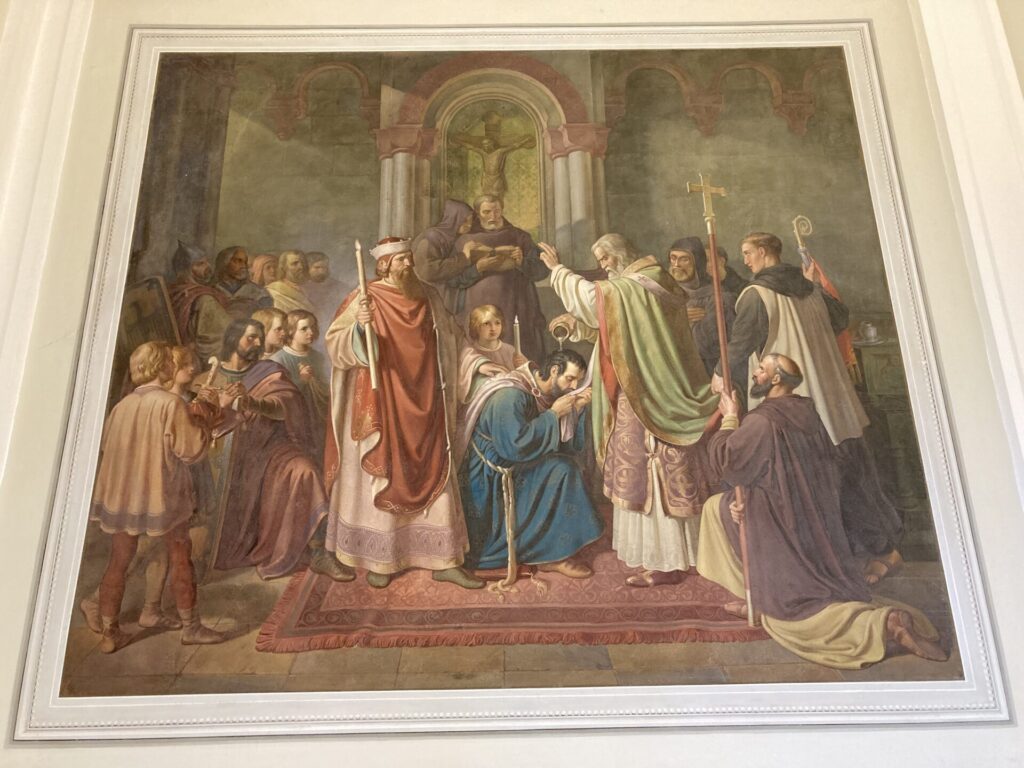
The Introduction of Christianity into Bohemia by Bořivoj, Svatopluk, and Methodius in 871 